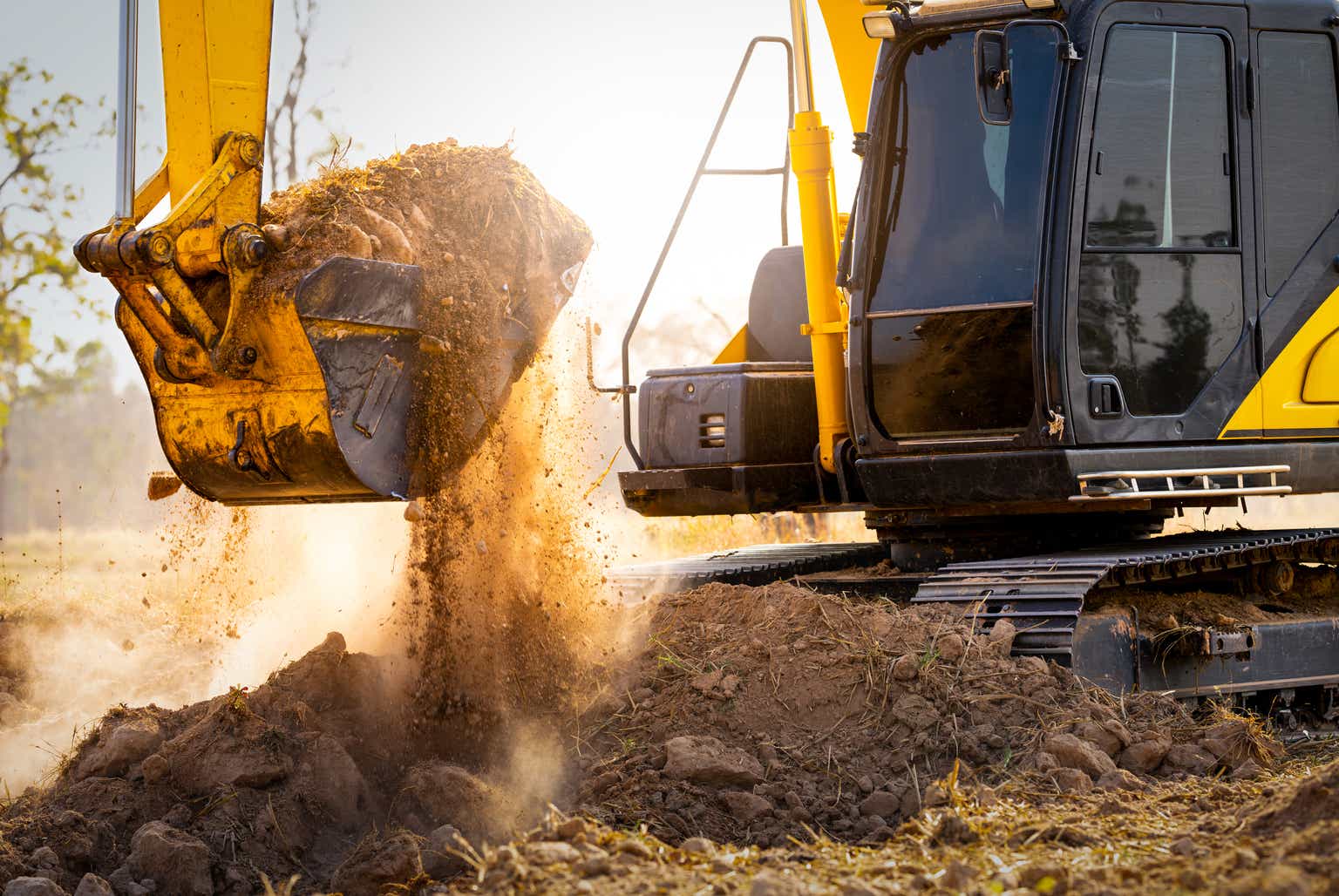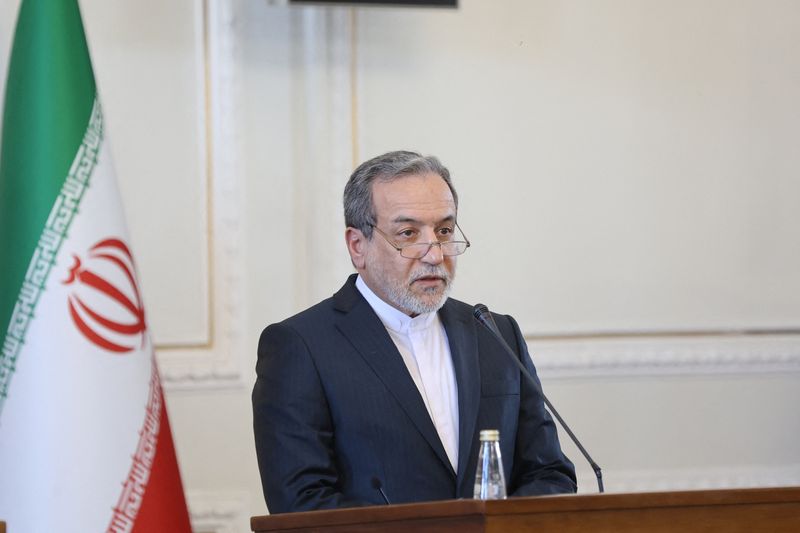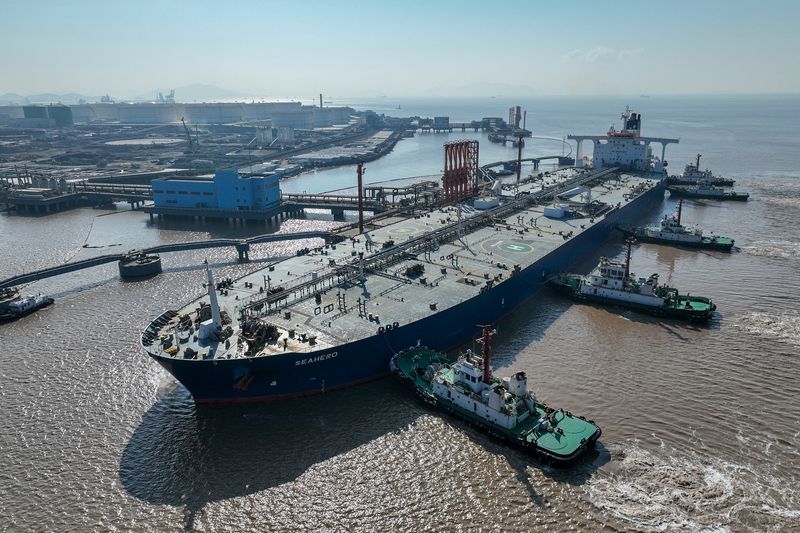Which Middle Eastern Country Has the Largest Military?
On April 28, 2025, the Stockholm International Peace Research Institute (SIPRI) released a new report on global military spending. In the Middle East, military spending has gone up. This isn’t surprising with the high levels of conflict and tension in the region. SIPRI’s report specifically points out that Israel significantly increased its military spending, especially […] The post Which Middle Eastern Country Has the Largest Military? appeared first on 24/7 Wall St..
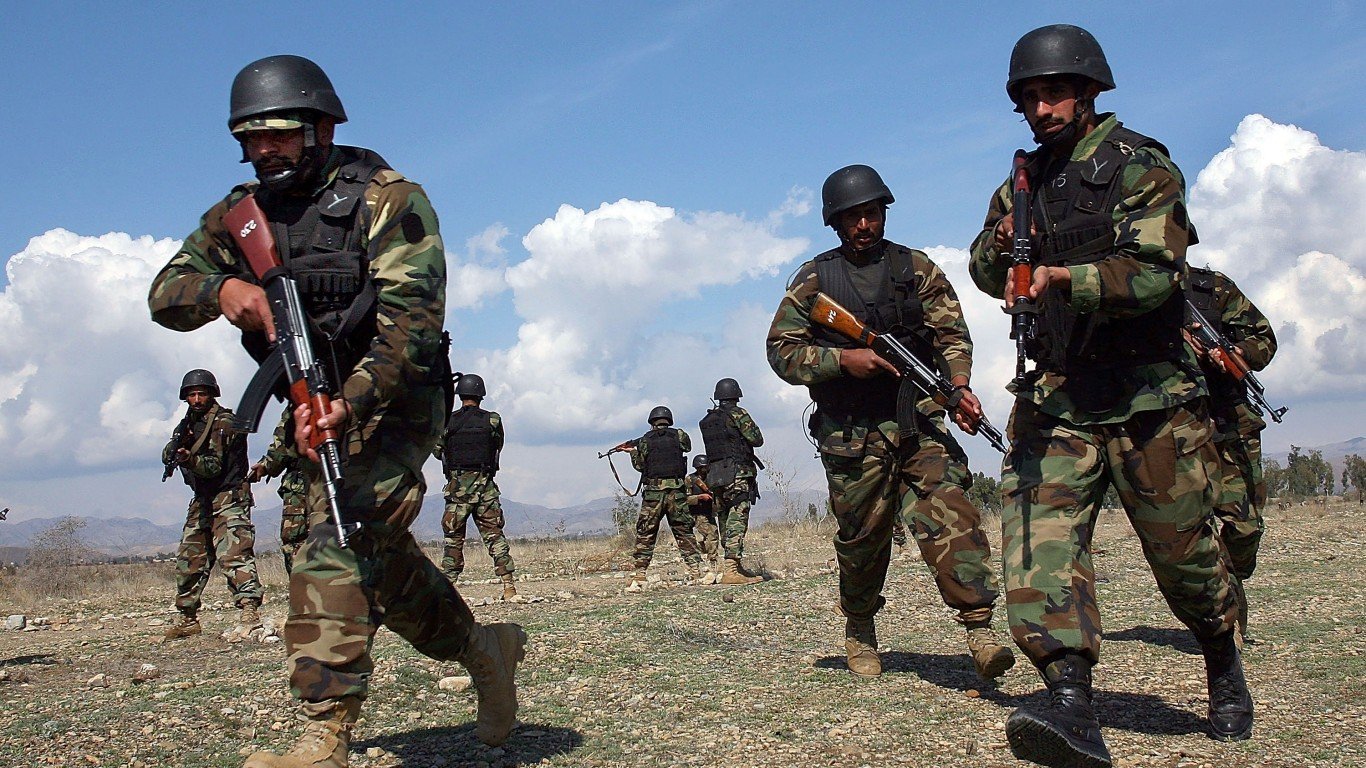
On April 28, 2025, the Stockholm International Peace Research Institute (SIPRI) released a new report on global military spending. In the Middle East, military spending has gone up. This isn’t surprising with the high levels of conflict and tension in the region. SIPRI’s report specifically points out that Israel significantly increased its military spending, especially on defense. This increase is likely due to threats from groups such as Hamas and Hezbollah. What’s interesting is that Iran actually spent less on its military last year, even though it provides support to other armed groups in the region. And of all Middle Eastern countries, Saudi Arabia spent the most on its military last year.
As military spending continues to increase in the Middle East, so do many armed forces and weapons caches. Here, 24/7 Wall St. is looking at the countries with the largest military forces in the Middle East. We reviewed the 2025 Military Strength Ranking from Global Firepower, an annually updated defense-related statistics website with information on 145 countries. Global Firepower ranked 145 countries based on their PowerIndex, a composite of over 60 measures in categories such as military might, financials, logistical capability, and geography. We ranked these countries according to their total military personnel. The smaller the PowerIndex value, the more powerful a nation’s theoretical conventional fighting capability is. We also included supplemental information regarding active military personnel, military aircraft, vehicles, and naval power.
*This is an updated version of a previously published story to reflect the latest 2025 Military Strength Rankings and SIPRI’s new report.
Why This Matters Today
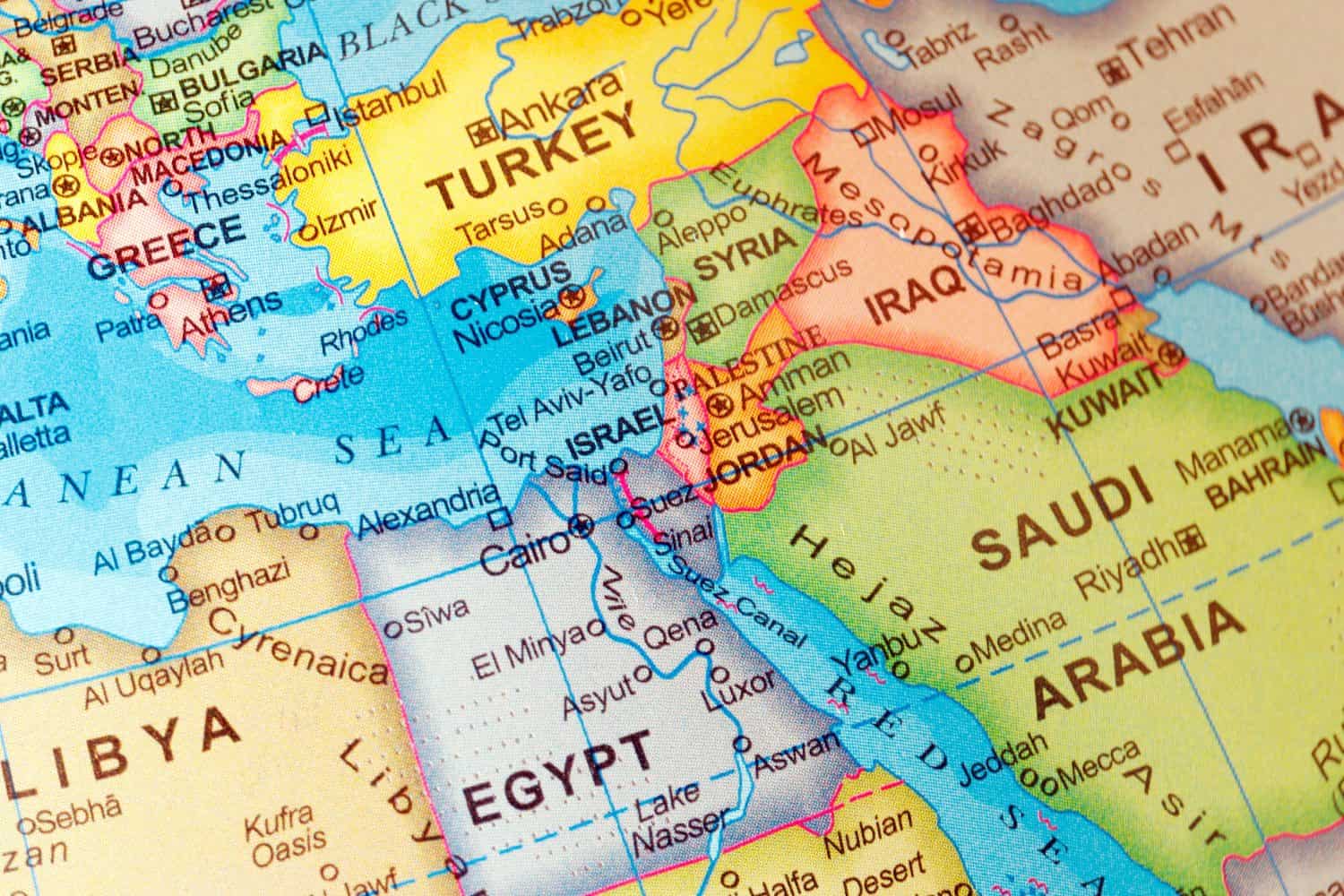
As highlighted by the recent SIPRI report, military spending in the Middle East has increased, undercoring the heightened tensions and ongoing conflicts that have historically defined the region. The distribution of military power in the Middle East directly influences regional stability and global interest, particularly concerning energy resources and international security. Looking at the military capabilities of countries like Israel, Saudi Arabia, and Iran is important in understanding current events and anticipating future developments that could have far-reaching consequences on our security, resources, and economy.
These are the largest militaries in the Middle East:
15. Qatar
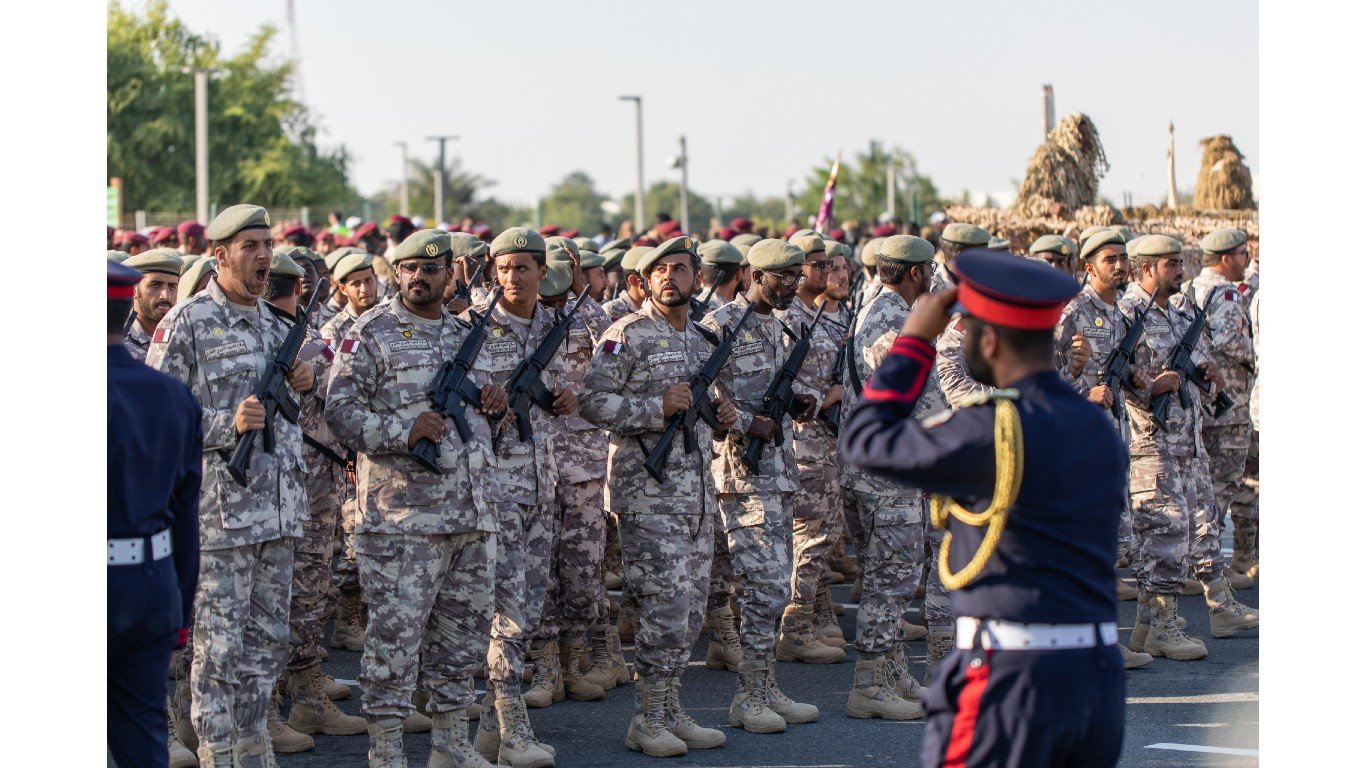
- Total military personnel: 87,050
- Active personnel: 66,550
- Reserves: 15,000
- Paramilitary forces: 5,500
- Total population: 2,552,088
- Fit-for-service: 490,001
- Military strength score and world rank: 1.4307 – #72 out of 145
Apart from these forces, Qatar also has a total of 251 aircraft and 5,024 military vehicles (including 99 tanks, 58 artillery units, and 16 MLRS units).
Qatar’s military history is largely shaped by its strategic position on the Arabian Peninsula and its substantial natural gas and oil reserves. Since its independence from Britain in 1971, Qatar has rapidly modernized its military. This modernization has only ramped up as the country has gained much more economic power from the oil and gas trade.
It has procured advanced military technology from the U.S., France, and other nations, including state-of-the-art aircraft like the F-15 and Rafale jets. Qatar has also made moves to develop a naval force to protect its extensive coastline and its oil and gas interests.
14. Kuwait
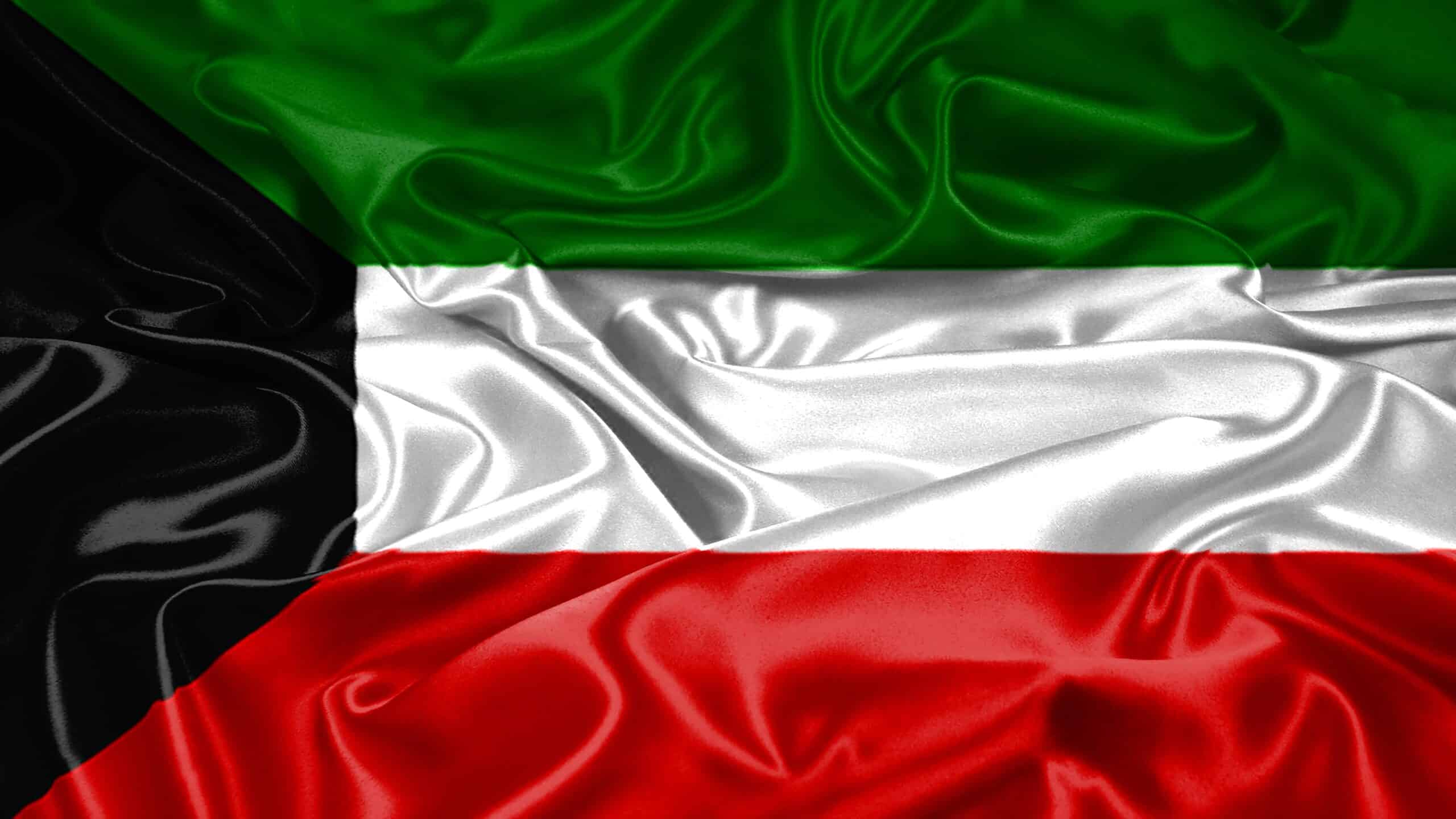
- Total military personnel: 103,500
- Active personnel: 72,000
- Reserves: 24,000
- Paramilitary forces: 7,500
- Total population: 3,138,355
- Fit-for-service: 1,449,920
- Military strength score and world rank: 1.6982 – #79 out of 145
Apart from these forces, Kuwait also has a total of 128 aircraft and 5,636 military vehicles (including 367 tanks, 74 artillery units, and 27 MLRS units).
Kuwait’s location at the northern edge of the Persian Gulf has heavily influenced its military history. The country was in the dominion of the Ottoman Empire before becoming a British protectorate in the early 20th century. Kuwait gained independence in 1961.
More recently, Kuwait was invaded by Iraq in 1990, which precipitated the Gulf War. Saddam Hussein’s push into Kuwait was largely driven by disputes over oil and debt. The international response to this served to liberate Kuwait, but Saddam was not removed from power for more than a decade.
13. Bahrain
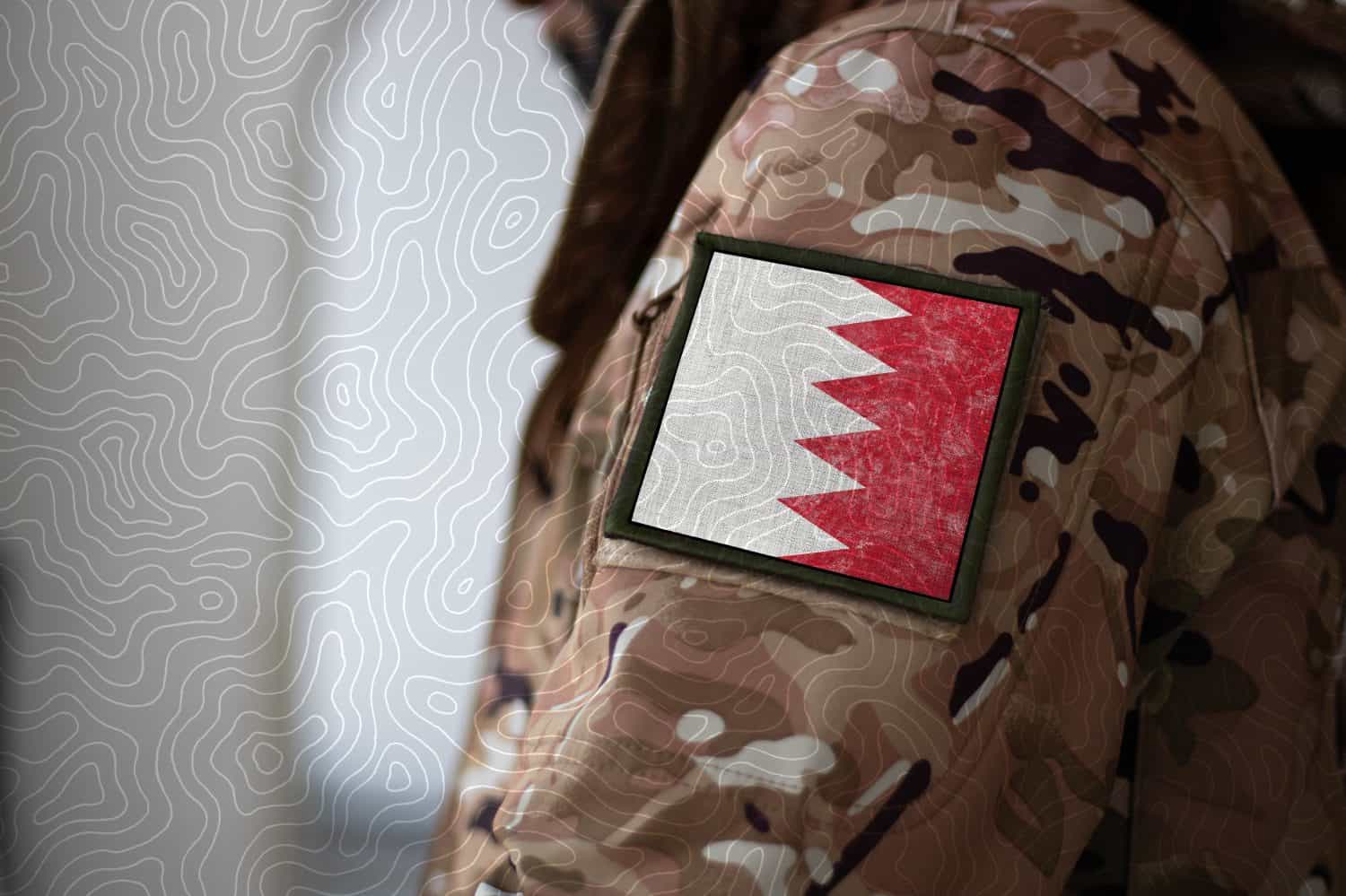
- Total military personnel: 129,900
- Active personnel: 18,400
- Reserves: 110,000
- Paramilitary forces: 1,500
- Total population: 1,566,888
- Fit-for-service: 720,768
- Military strength score and world rank: 1.7448 – #81 out of 145
Apart from these forces, Bahrain also has a total of 132 aircraft and 2,764 military vehicles (including 150 tanks, 64 artillery units, and 17 MLRS units).
Bahrain is one of the lesser-known countries in the Middle East; many people can’t find it on a map. It has a much less tumultuous military history than its neighbors, but occupies a strategic position in the Persian Gulf.
Looking back, this island nation was occupied by the Portuguese in the 16th century, but later fell under Persian and then Ottoman control. In the 19th century, Bahrain was a British protectorate, which significantly bolstered its military and foreign policy. However, the country would gain independence in 1971 and establish its own military and national defense forces. Bahrain has maintained ties with Western powers, which have improved its military capabilities over the years, especially its naval power.
12. Oman

- Total military personnel: 152,600
- Active personnel: 42,600
- Reserves: 100,000
- Paramilitary forces: 10,000
- Total population: 3,901,992
- Fit-for-service: 1,291,559
- Military strength score and world rank: 1.8047 – #82 out of 145
Apart from these forces, Oman also has a total of 128 aircraft and 4,084 military vehicles (including 150 tanks and 165 artillery units).
Oman was a powerful empire in the 17th and 18th centuries, with colonies around the Indian Ocean and enough naval strength to back it up. This allowed the country to resist the Portuguese and the Persians.
In the 19th century, Oman saw a drastic leap in its military capabilities following an alliance with the British Empire. Ultimately, this alliance helped Oman modernize its forces and keep pace with the West. In more recent years, Oman has remained neutral in regional conflicts, instead focusing on its national defense and maintaining a fairly modern force.
11. Lebanon
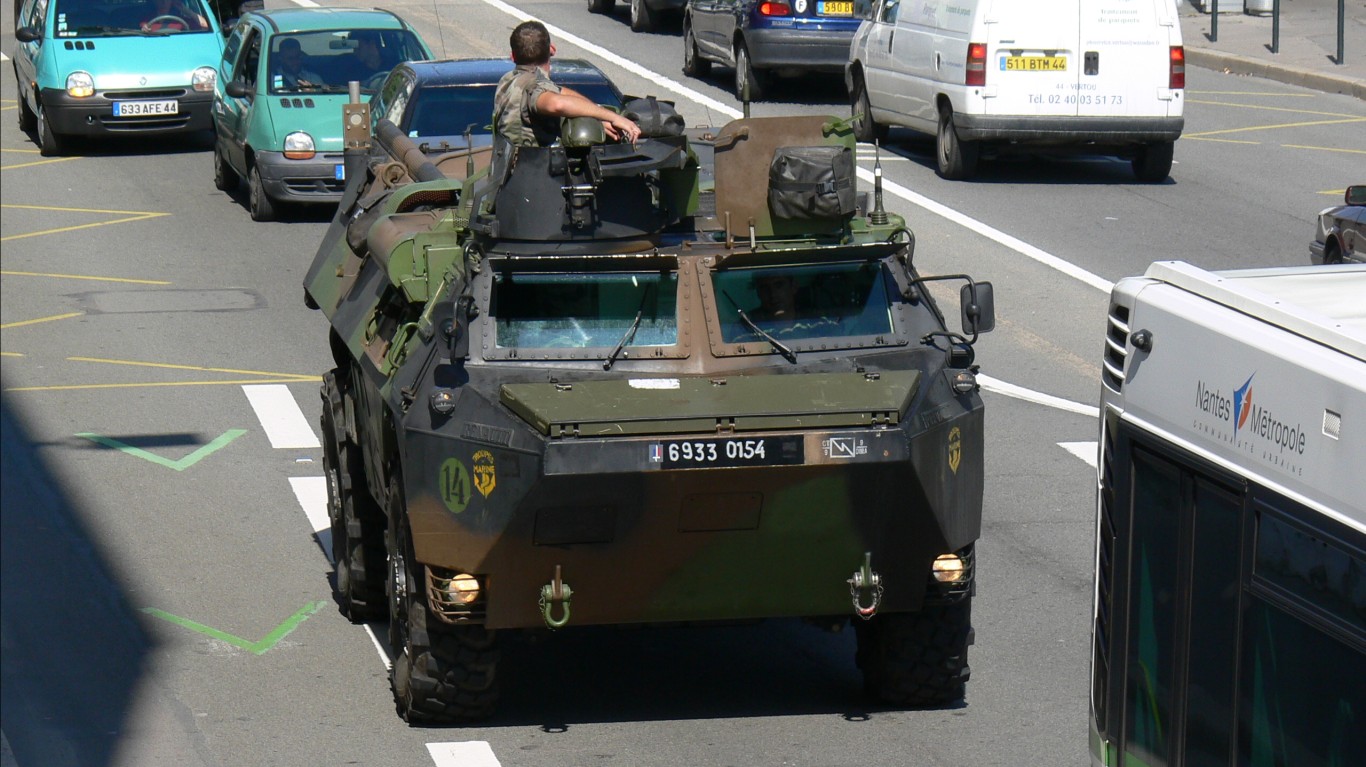
- Total military personnel: 160,000
- Active personnel: 60,000
- Reserves: 35,000
- Paramilitary forces: 65,000
- Total population: 5,364,482
- Fit-for-service: 1,775,644
- Military strength score and world rank: 2.5981 – #115 out of 145
Apart from these forces, Lebanon also has 80 aircraft and 4,538 military vehicles (including 116 tanks, 365 artillery units, and 11 MLRS units).
Located on the Mediterranean, Lebanon’s military history has placed it near the center of many regional conflicts. The country gained independence from the French in 1943, but with such an ethnically and religiously diverse population, Lebanon has faced many challenges since.
The Lebanese Civil War, starting in 1975, saw multiple factions attempting to gain control, and then foreign powers intervening as well. In the post-civil war years, Lebanon’s military has focused on rebuilding and modernization with considerable assistance from international powers.
Despite its smaller size, Lebanon’s military plays an important role in maintaining internal stability and contending with issues from non-state actors like Hezbollah and the border tensions with Israel.
10. Jordan
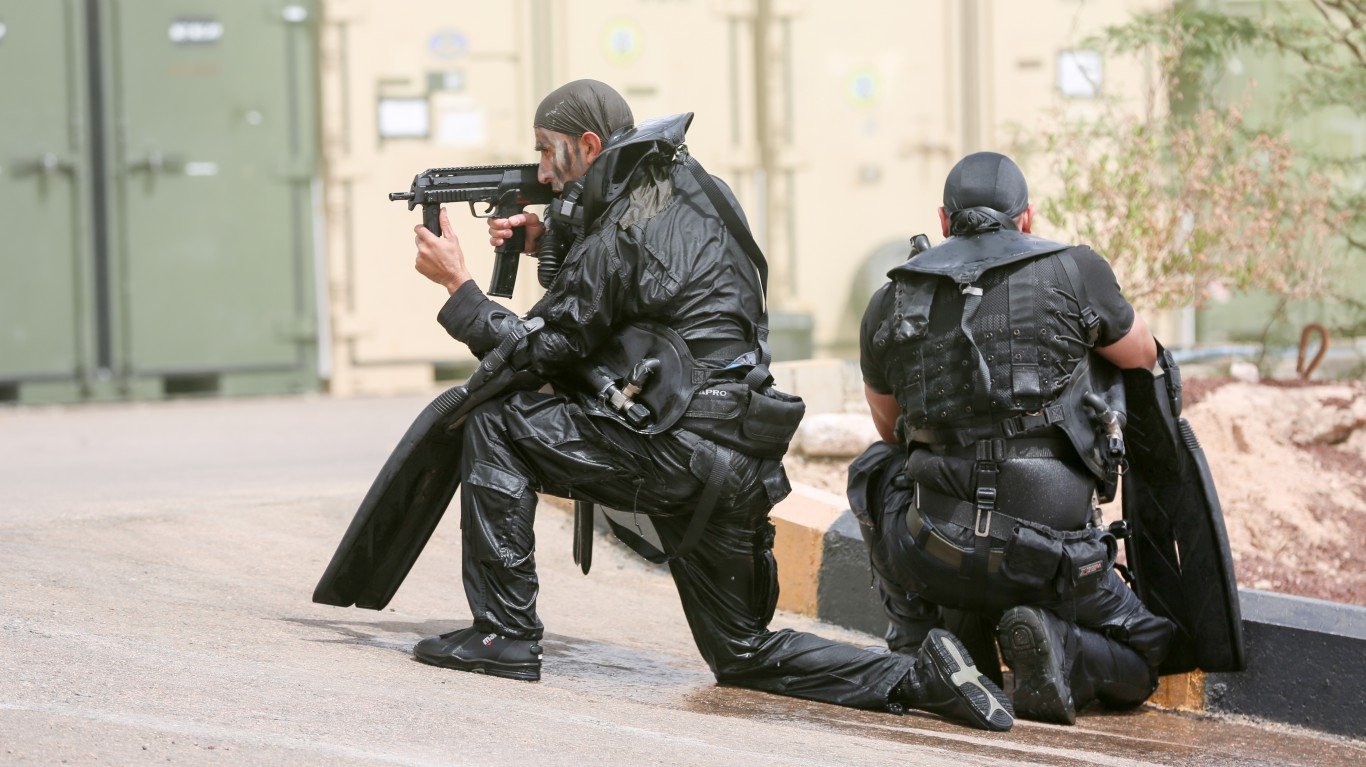
- Total military personnel: 200,500
- Active personnel: 100,500
- Reserves: 65,000
- Paramilitary forces: 35,000
- Total population: 11,174,024
- Fit-for-service: 2,983,464
- Military strength score and world rank: 1.6139 – #75 out of 145
Apart from these forces, Jordan also has a total of 274 aircraft and 16,624 military vehicles (including 1,458 tanks, 438 artillery units, and 56 MLRS units).
Jordan has a rich military history in a region embroiled in conflict for decades. The Hashemite Kingdom of Jordan was established after World War I from the breakup of the Ottoman Empire. It would gain its full independence from Britain in 1946.
Within the last century, Jordan’s main military engagements have included conflicts with Israel, notably during the 1948 Arab-Israeli War and again in 1967 during the Six-Day War, where Jordan lost control of the West Bank. These conflicts ultimately shaped Jordan’s borders and its military strategies going forward.
Currently, Jordan maintains ties to Western powers that help with its military modernization efforts. Also, the country acts as a stabilizing power within the region, typically acting as a mediator in peace talks. It has also maintained a peace treaty with Israel since 1994.
9. United Arab Emirates
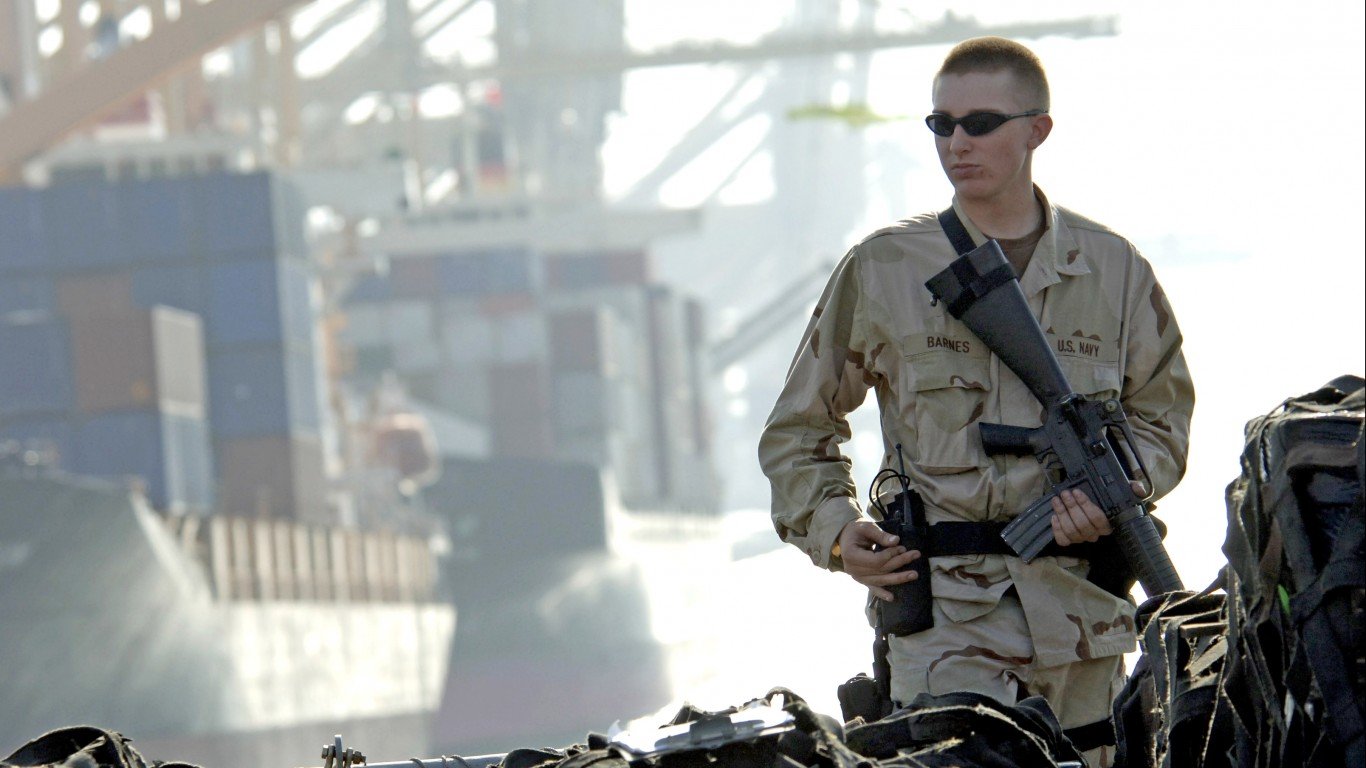
- Total military personnel: 207,000
- Active personnel: 65,000
- Reserves: 130,000
- Paramilitary forces: 12,000
- Total population: 10,032,213
- Fit-for-service: 4,945,881
- Military strength score and world rank: 1.0186 – #54 out of 145
Apart from these forces, the United Arab Emirates also has a total of 551 aircraft and 8,707 military vehicles (including 354 tanks, 264 artillery units, and 49 MLRS units).
The United Arab Emirates has a relatively brief but dynamic military history. The country was formed in 1971 when seven emirates combined forces, focusing on building a nation with a strong military geared towards advanced technology and modernization. The U.S. and France are the main sellers of this tech to the UAE, and in turn, the UAE has been involved in regional operations in the Gulf War, Yemen, and against ISIS.
The UAE’s power extends beyond its relatively small territory in the Persian Gulf. In fact, the country has been projecting power abroad, where it has established military bases in the Horn of Africa and beyond.
8. Syria
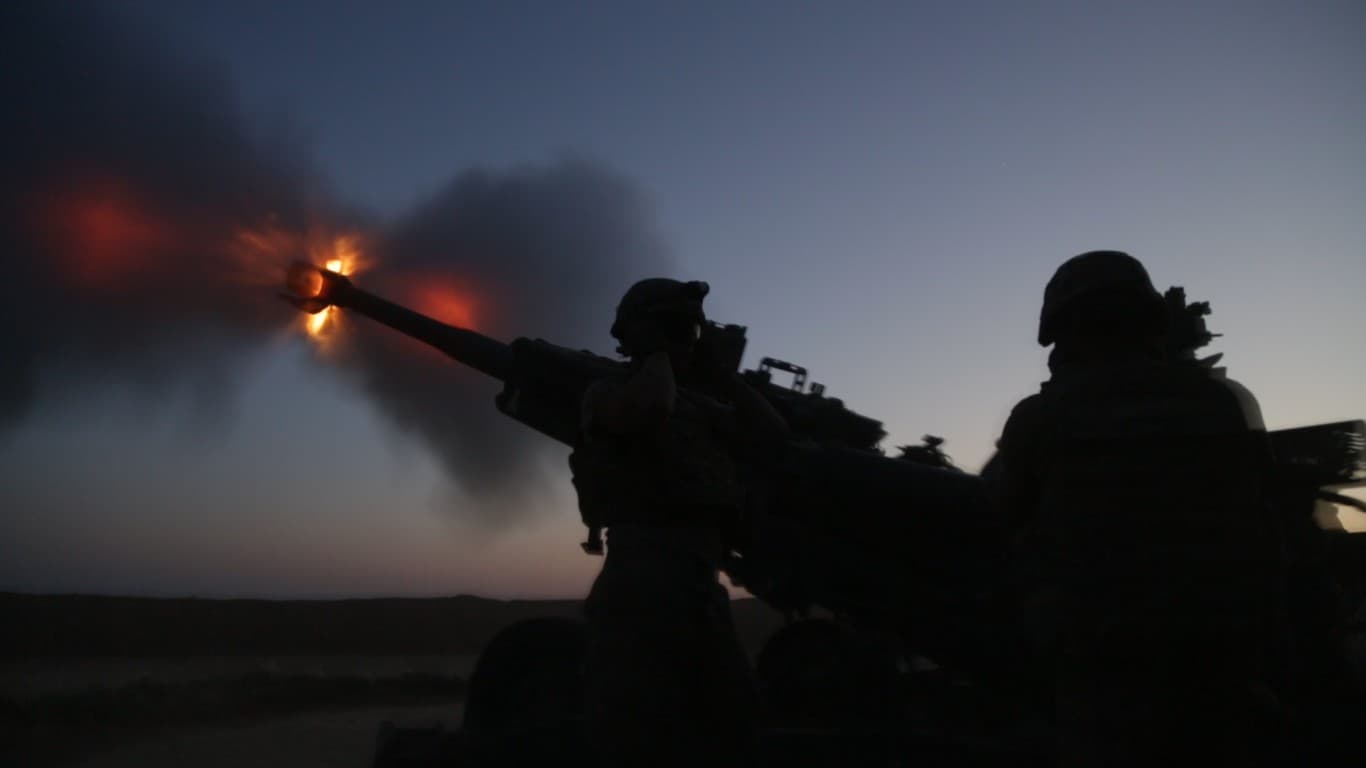
- Total military personnel: 270,000
- Active personnel: 170,000
- Reserves: 50,000
- Paramilitary forces: 50,000
- Total population: 23,865,423
- Fit-for-service: 13,245,310
- Military strength score and world rank: 1.2771 – #64 out of 145
Apart from these forces, Syria also has a total of 207 aircraft and 11,148 military vehicles (including 365 tanks, 741 artillery units, and 204 MLRS units).
Syria’s military history is marked by its strategic location, which has made it a point of contention for regional and international conflicts. Historically, Syria has been part of major empires due to its position between the Mediterranean and the Arab world.
The country gained independence from France in 1946, and since then, it has been involved in several wars with Israel and the Lebanese Civil War.
The most recent chapter in Syria’s military history began in 2011 with the Syrian Civil War, which was brought on by Arab Spring protests. This was hotly contested by multiple factions, including ISI, Kurdish forces, as well as foreign military powers like Russia and the U.S., Turkey, and others. Recent moves have brought into question what the future of the country will look like.
7. Iraq
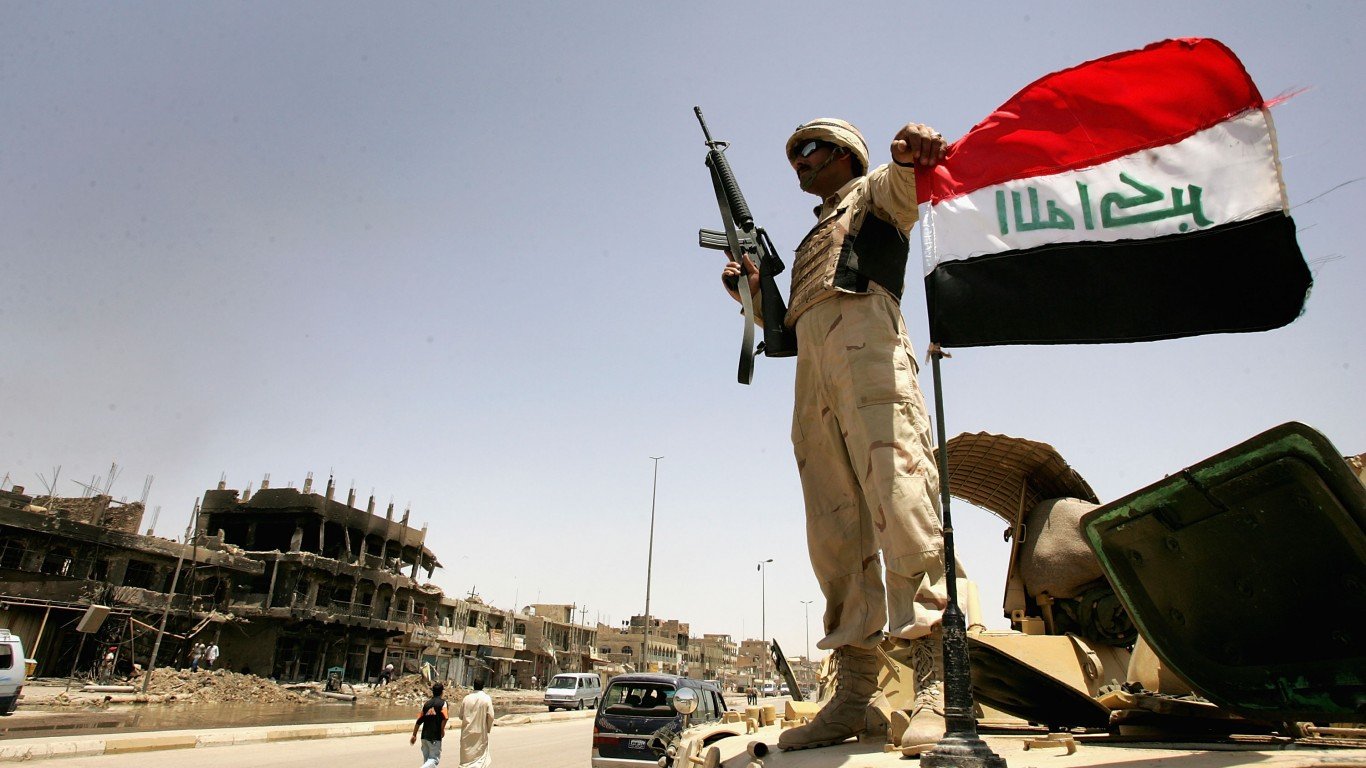
- Total military personnel: 293,000
- Active personnel: 193,000
- Reserves: 0
- Paramilitary forces: 100,000
- Total population: 42,083,436
- Fit-for-service: 14,308,368
- Military strength score and world rank: 0.7738 – #43 out of 145
Apart from these forces, Iraq also has a total of 391 aircraft and 37,288 military vehicles (including 1,025 tanks, 1,044 artillery units, and 572 MLRS units).
Iraq has been a country of contention in recent memory. Officially gaining independence in 1932 from the British, Iraq was still subject to Britain’s influence until the late 1950s.
The country was marked by the rule of Saddam Hussein, who rose to power in 1979 with the Ba’ath Party. Hussein rapidly expanded the military during his time, even waging a war with Iran from 1980 to 1988. Saddam would later invade Kuwait in 1990, leading to the Gulf War. However, a U.S.-led invasion in 2003 would ultimately topple the dictator and create instability within the country, as well as the formation of multiple insurgent factions against the new government. Currently, Iraq is in the process of rebuilding its military to deal with internal threats.
6. Saudi Arabia
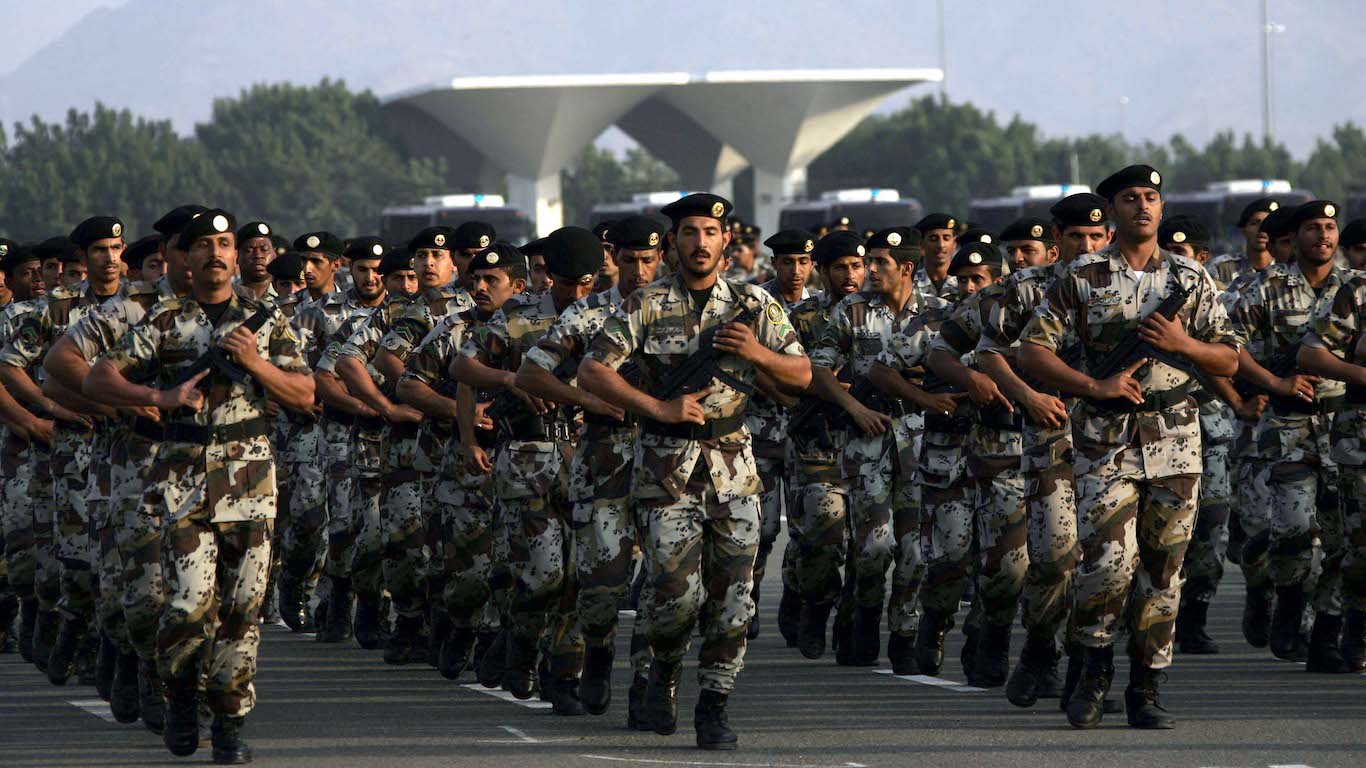
- Total military personnel: 407,000
- Active personnel: 257,000
- Reserves: 0
- Paramilitary forces: 150,000
- Total population: 36,544,431
- Fit-for-service: 17,468,238
- Military strength score and world rank: 0.4201 – #24 out of 145
Apart from these forces, Saudi Arabia also has a total of 917 aircraft and 19,040 military vehicles (including 840 tanks, 799 artillery units, and 321 MLRS units).
Saudi Arabia has a rich military history that goes back centuries. The modern country we know was founded in 1932. This came decades after Abdulaziz Al Saud (Ibn Saud) unified the Saudi state after conquering Riyadh in 1902.
The discovery of oil in the 1930s catapulted the Kingdom to prominence on the world stage. Through this oil trade, Saudi Arabia has profited incredibly with many of its Western trading partners, like the United States.
Along with the oil trade, Saudi Arabia has procured advanced weaponry and aircraft from these Western powers, making it one of the more dominant military powers in the region. Saudi Arabia would also play an important role in the Gulf War as part of the coalition that expelled Iraqi forces from Kuwait.
5. Israel
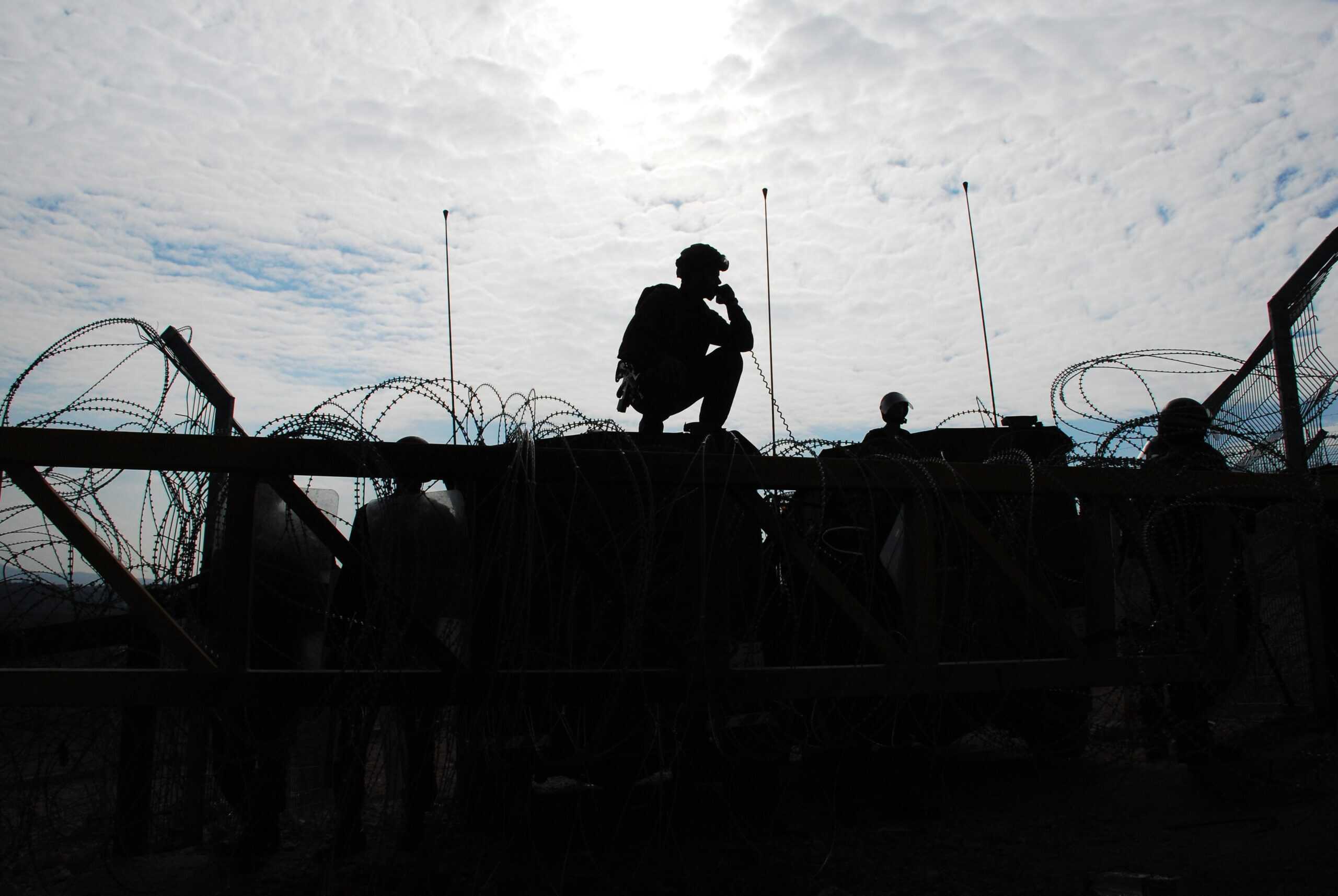
- Total military personnel: 670,000
- Active personnel: 170,000
- Reserves: 465,000
- Paramilitary forces: 35,000
- Total population: 9,402,617
- Fit-for-service: 3,281,513
- Military strength score and world rank: 0.2661 – #15 out of 145
Apart from these forces, Israel also has a total of 611 aircraft and 35,985 military vehicles (including 1,300 tanks, 523 artillery units, and 183 MLRS units).
Israel’s military history is tied very closely to its national identity. This country has compulsory military service for its citizens (primarily Jewish). Israel was formed in 1948 and was plunged immediately into conflict with neighboring Arab states in an attempt to prevent its establishment. Over the coming decades, and even currently, Israel would be the central locale of conflict for this region.
Other notable conflicts that Israel has survived, and even in some cases expanded its territory, include the Suez Crisis, the Six-Day War, the Yom Kippur War, and other conflicts with Lebanon. Its most recent engagement with Hamas has devastated the Gaza Strip, and the international community is concerned with the ongoing situation, to say the least.
4. Turkey
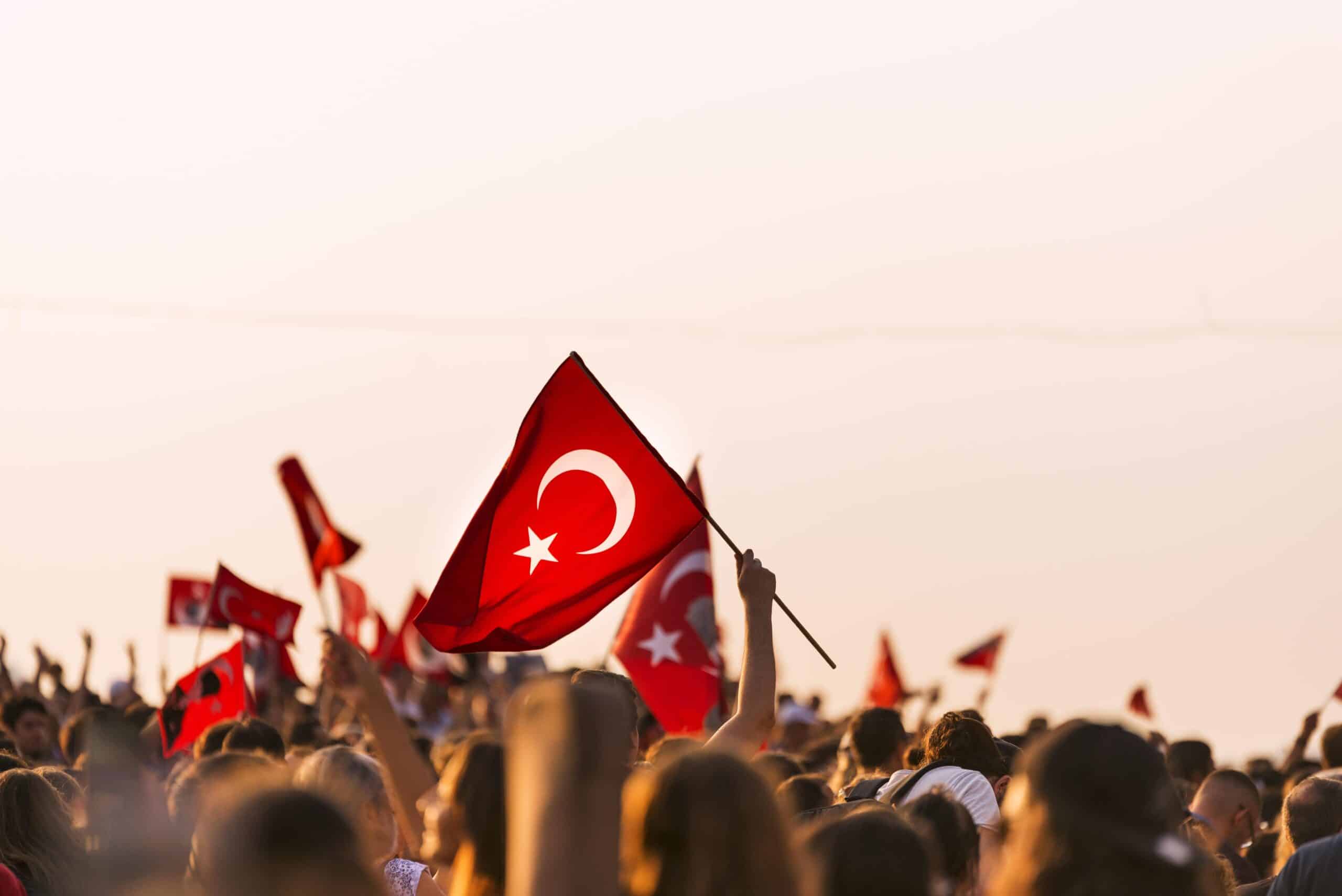
- Total military personnel: 883,900
- Active personnel: 355,200
- Reserves: 378,700
- Paramilitary forces: 150,000
- Total population: 84,119,531
- Fit-for-service: 36,087,279
- Military strength score and world rank: 0.1902 – #9 out of 145
Apart from these forces, Turkey also has a total of 1,083 aircraft and 61,173 military vehicles (including 2,238 tanks, 62,215 artillery units, and 296 MLRS units).
Turkey’s military history is deeply rooted in its role as the seat of power during the Ottoman Empire. Its strategic location, bridging Europe and Asia, is also central to its military history and the composition of its forces. In part, Turkey largely owes its NATO membership to this fact.
The dissolution of the Ottoman Empire in the wake of World War I and the subsequent Turkish War of Independence were important events that not only established the boundaries of the new nation but also created a strong military tradition that continues to influence Turkey today.
3. Iran
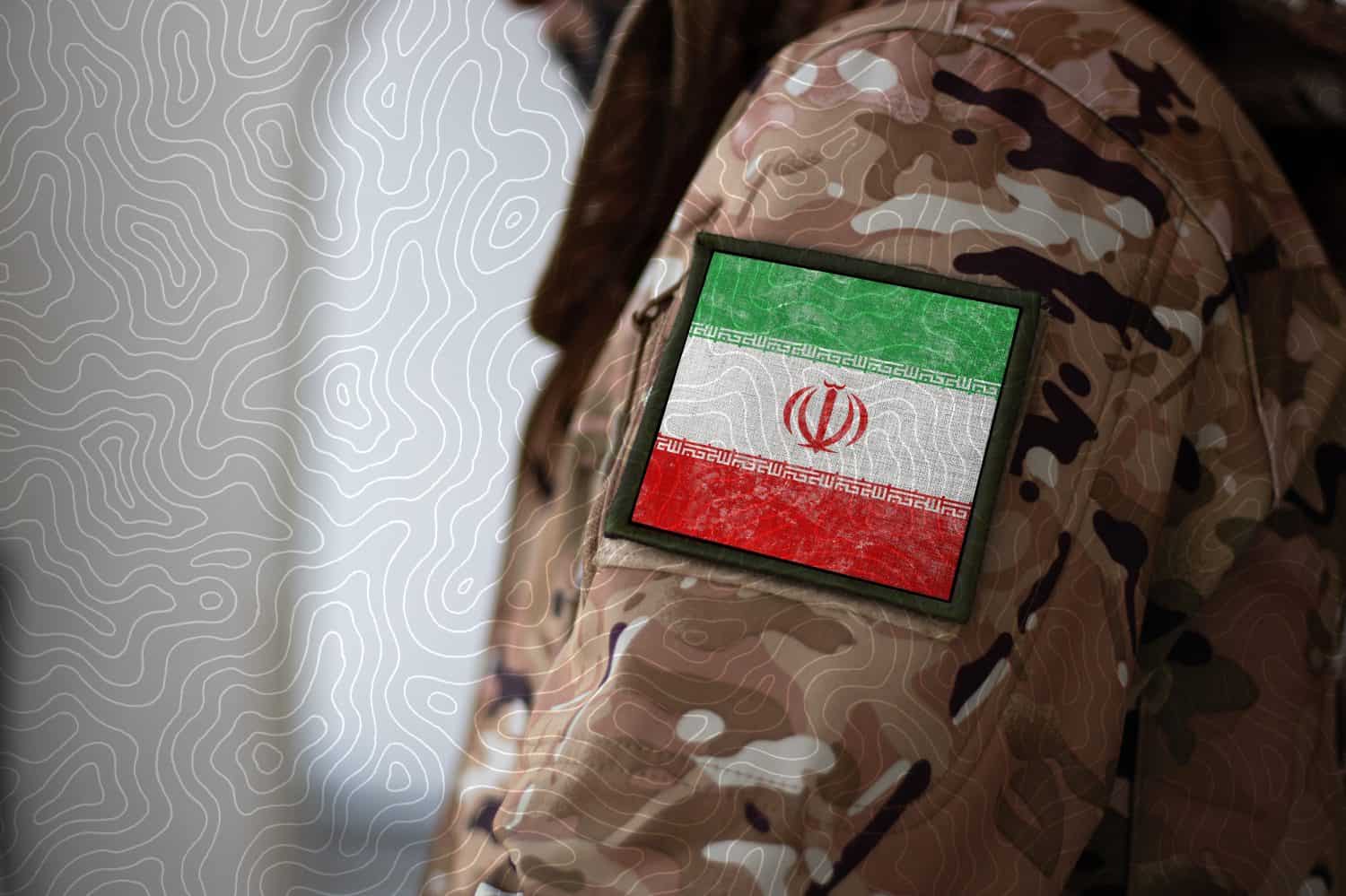
- Total military personnel: 1,180,000
- Active personnel: 610,000
- Reserves: 350,000
- Paramilitary forces: 220,000
- Total population: 88,386,937
- Fit-for-service: 41,541,860
- Military strength score and world rank: 0.3048 – #16 out of 145
Apart from these forces, Iran also has a total of 551 aircraft and 65,825 military vehicles (including 1,713 tanks, 2,462 artillery units, and 1,517 MLRS units).
Iran is another country that traces its military history far back in time, to the days of the Persian Empire. The country has a rich history in that regard. However, many Western powers currently consider Iran an antagonist in the region, which has led to sanctions against the country, hampering military modernization. Despite efforts by Western powers to contain Iran, the country still has a formidable military force with nuclear aspirations.
2. Egypt

- Total military personnel: 1,220,000
- Active personnel: 440,000
- Reserves: 480,000
- Paramilitary forces: 300,000
- Total population: 111,247,248
- Fit-for-service: 38,269,053
- Military strength score and world rank: 0.3427 – #19 out of 145
Apart from these forces, Egypt also has a total of 1,093 aircraft and 41,012 military vehicles (including 3,620 tanks, 2,118 artillery units, and 528 MLRS units).
Straddling the Middle East and Africa, Egypt controls one of the most important shipping lanes in the world, the Suez Canal. This crossroads has historically helped Egypt rise to prominence as a military power. From the days of the Pharaohs millennia ago to now, Egypt has been a perennial military powerhouse.
Just over a decade ago, the Egyptian military played a significant role in the Arab Spring, particularly in the ousting of President Hosni Mubarak in 2011 and President Mohamed Morsi in 2013.
1. Pakistan
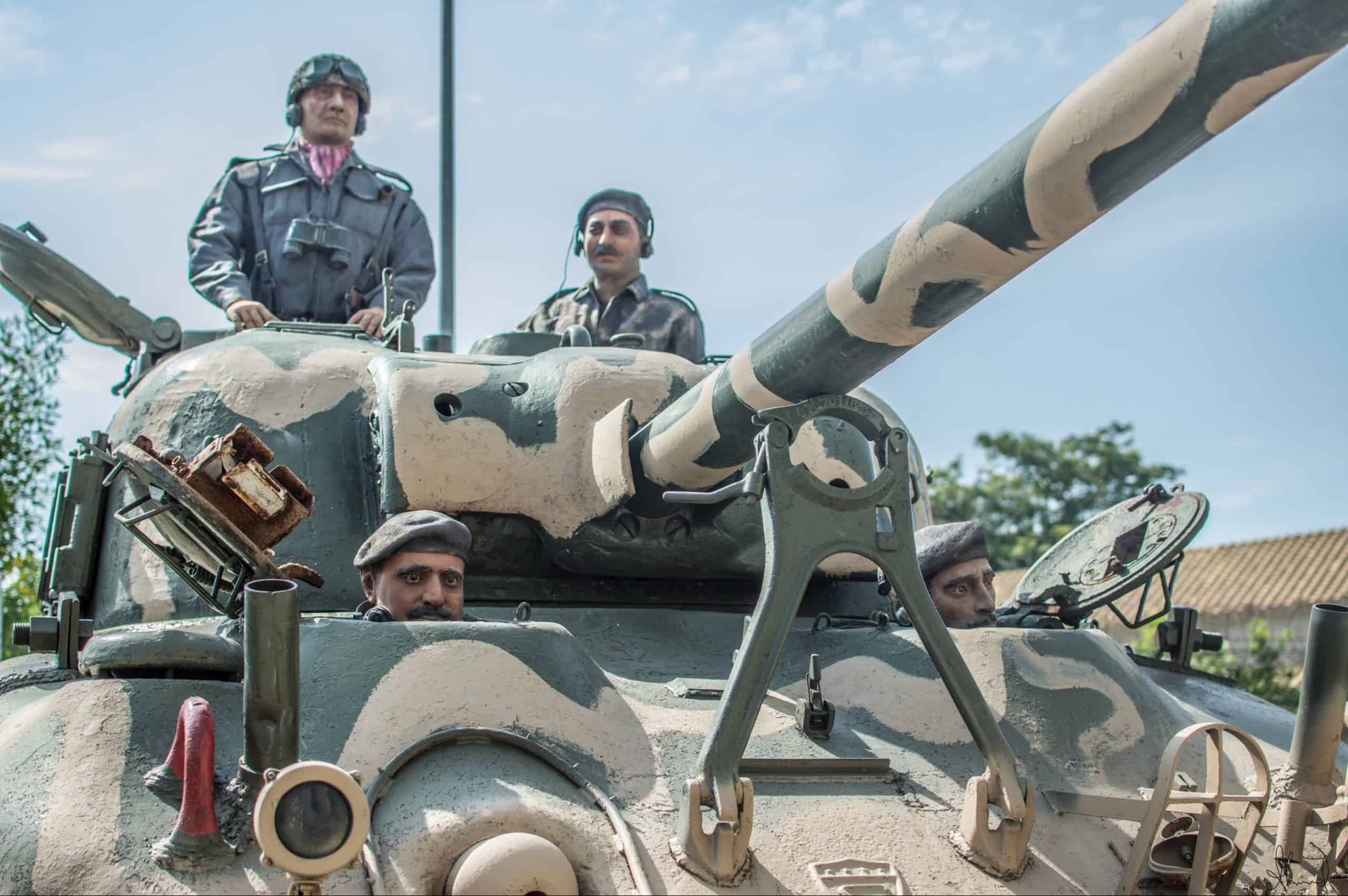
- Total military personnel: 1,704,000
- Active personnel: 654,000
- Reserves: 550,000
- Paramilitary forces: 500,000
- Total population: 252,363,571
- Fit-for-service: 85,803,614
- Military strength score and world rank: 0.2513 – #12 out of 145
Apart from these forces, Pakistan also has a total of 1,399 aircraft and 17,516 military vehicles (including 2,627 tanks, 3,291 artillery units, and 600 MLRS units).
Pakistan’s military history is deeply tied to its formation in 1947, when it separated from India. This division would set the stage for India and Pakistan to slug it out in the decades to come.
The first Indo-Pakistani War was waged over Kashmir, which each nation claimed as their own. There would be subsequent wars in 1965 and 1971. The conflict in 1971 was a severe loss for Pakistan and ultimately culminated in the creation of Bangladesh.
Pakistan has also participated in other regional conflicts like the Soviet-Afghan War, where it supported Afghan mujahideen groups with the aid of the U.S. and Saudi Arabia.
The Pakistani military has also played a significant role in the country’s politics, having directly ruled Pakistan during various periods through military coups. Currently, its military ranks as one of the top 10 strongest in the world.
The post Which Middle Eastern Country Has the Largest Military? appeared first on 24/7 Wall St..


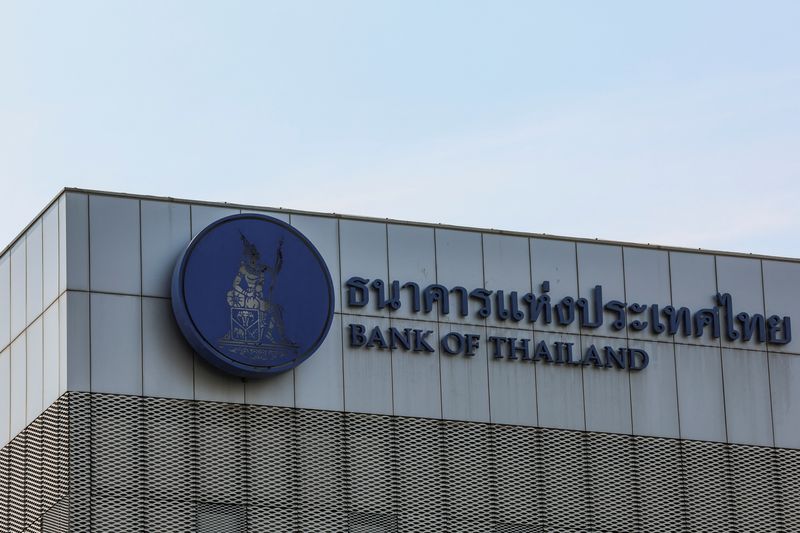
















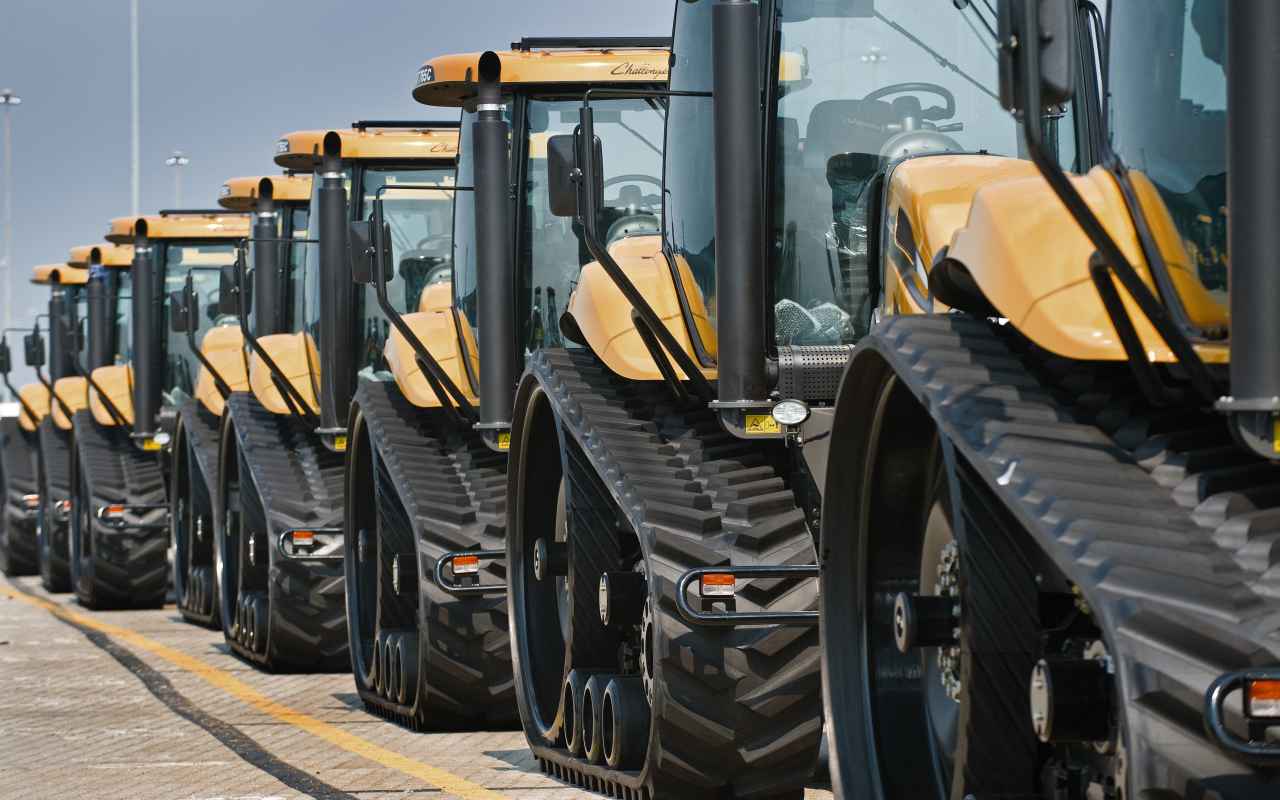



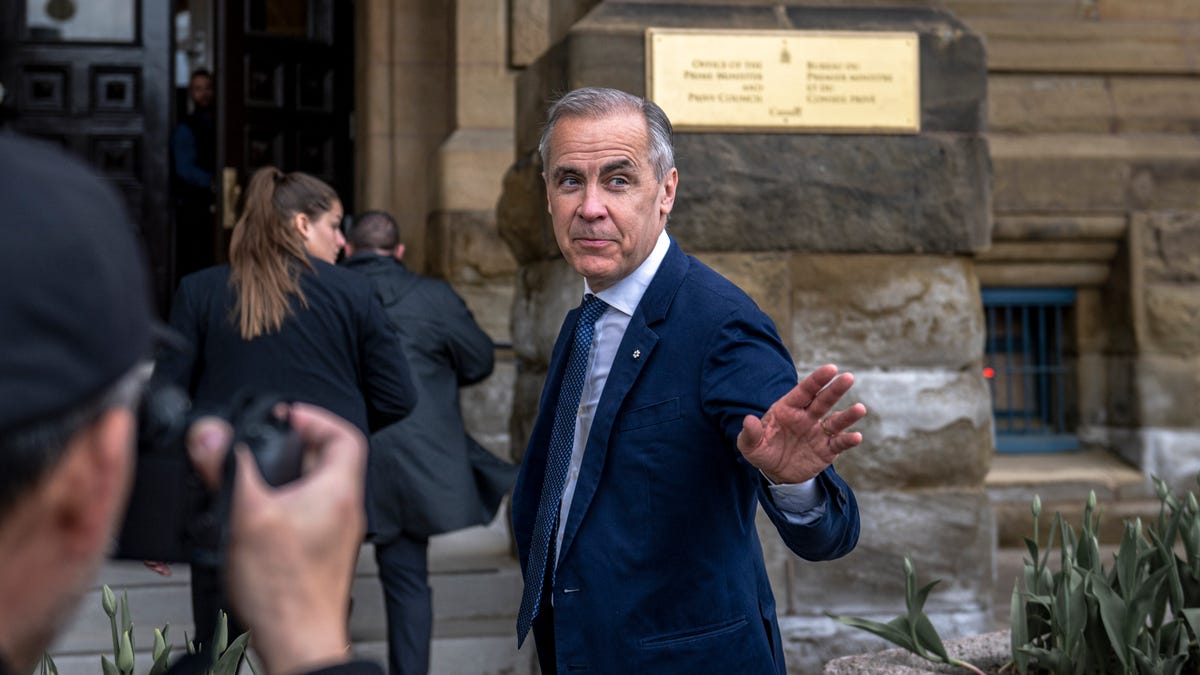









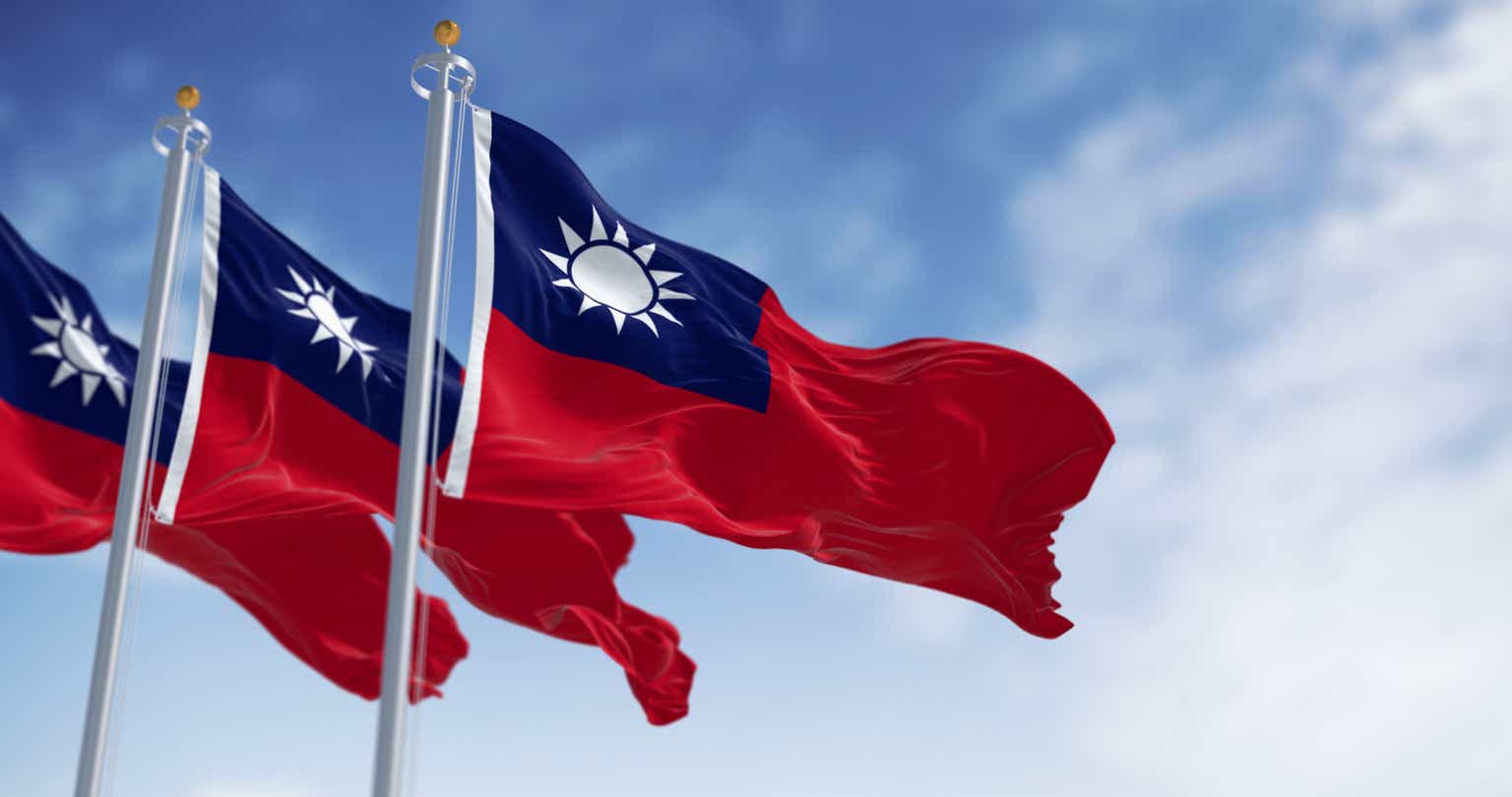

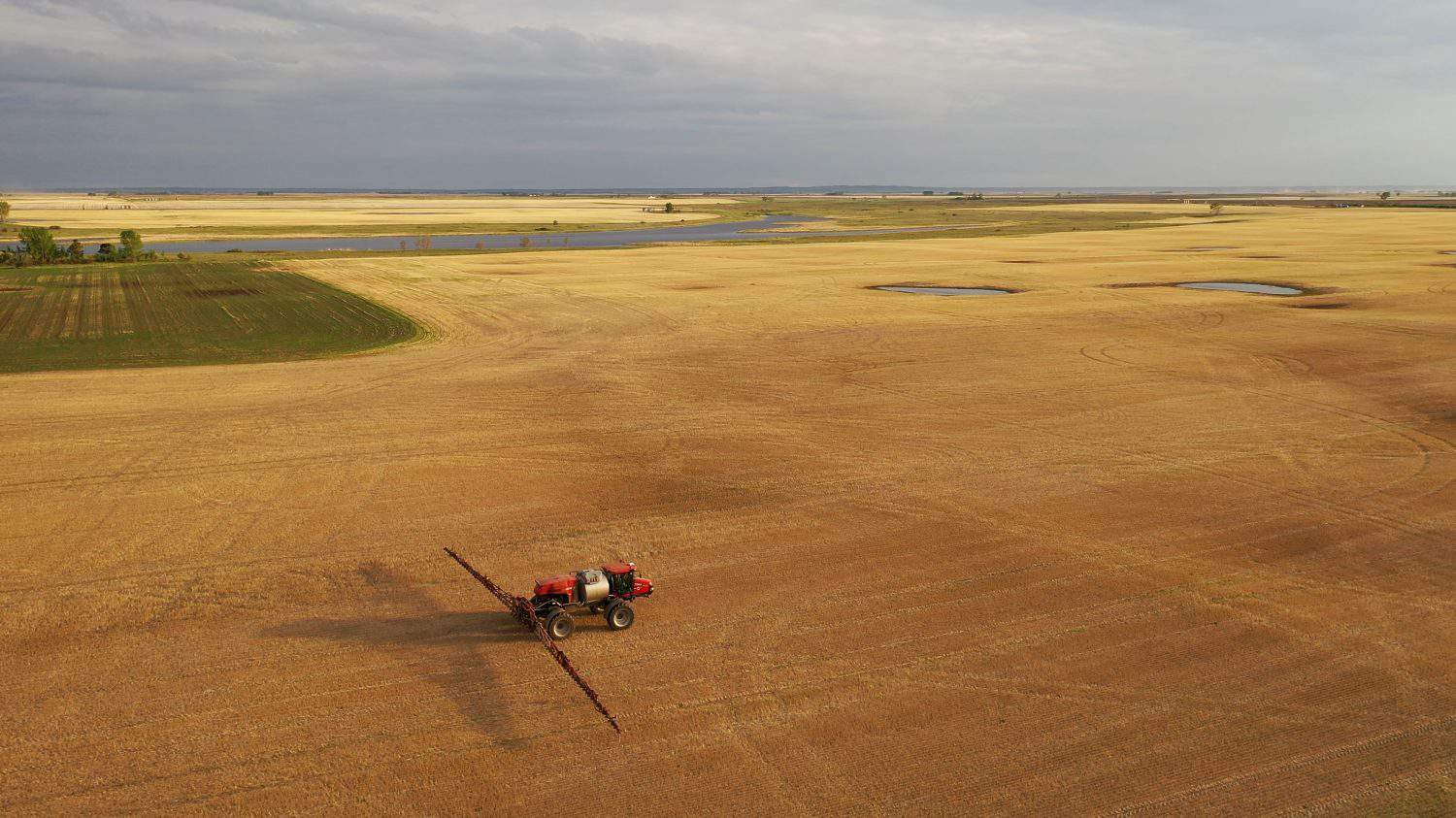









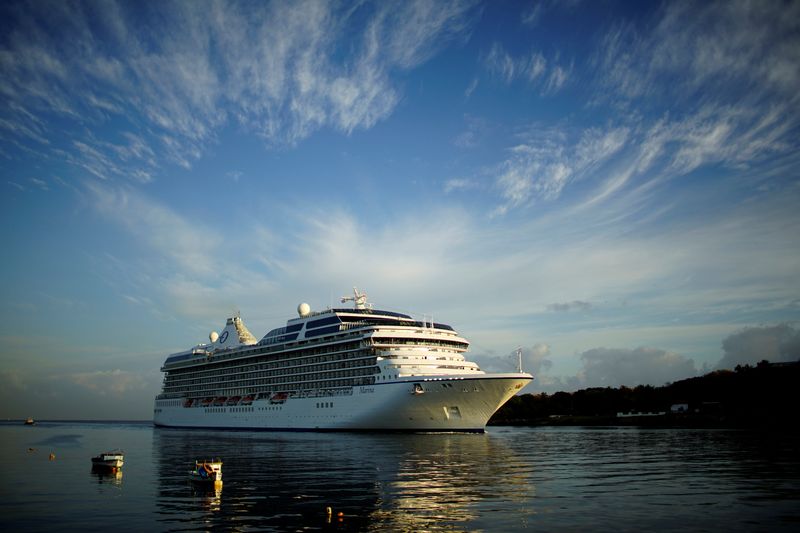








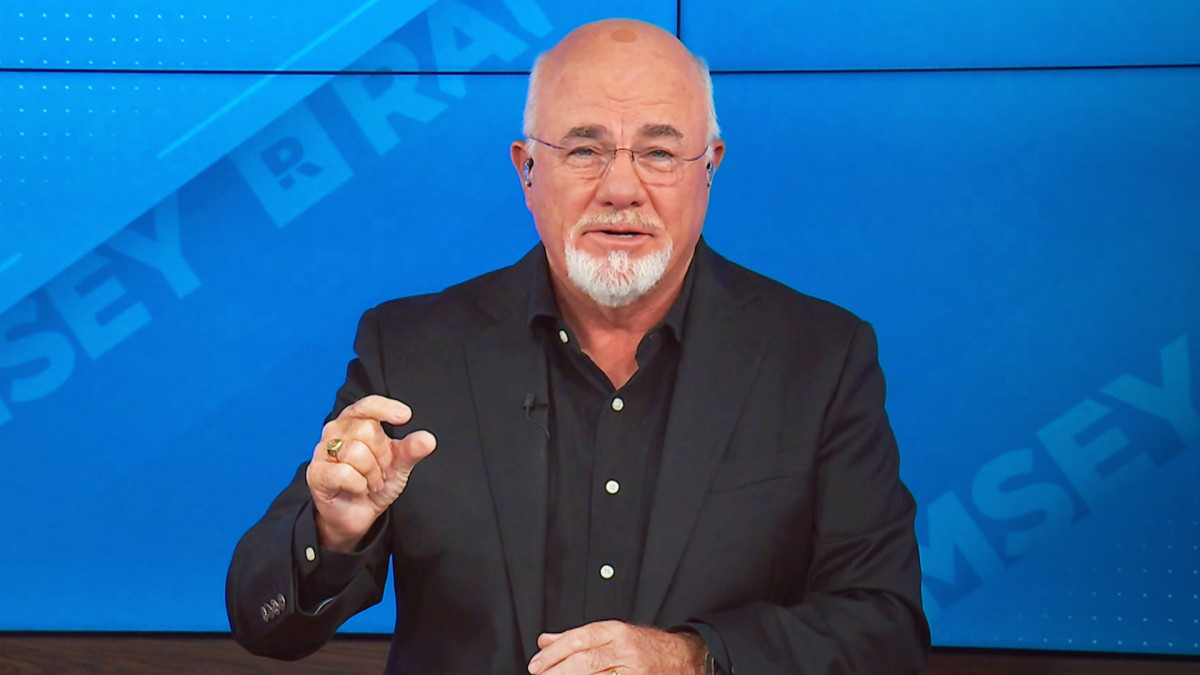






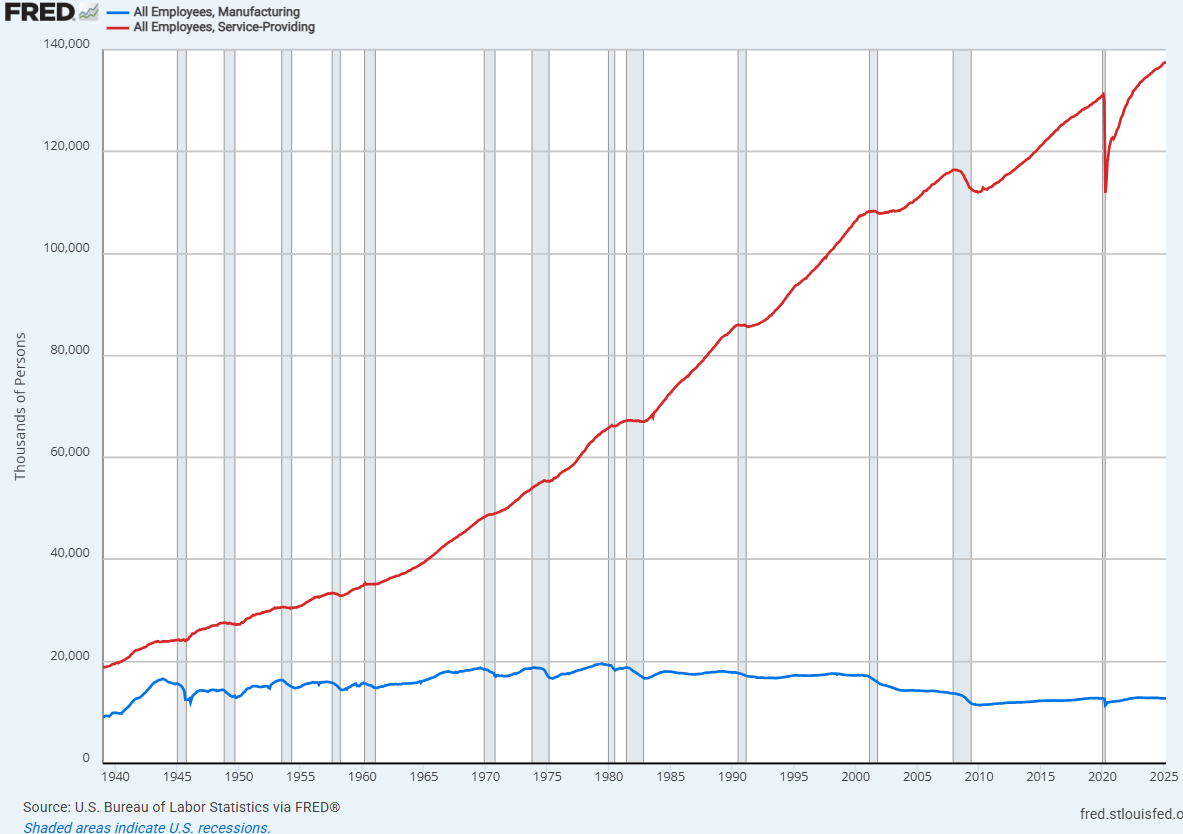




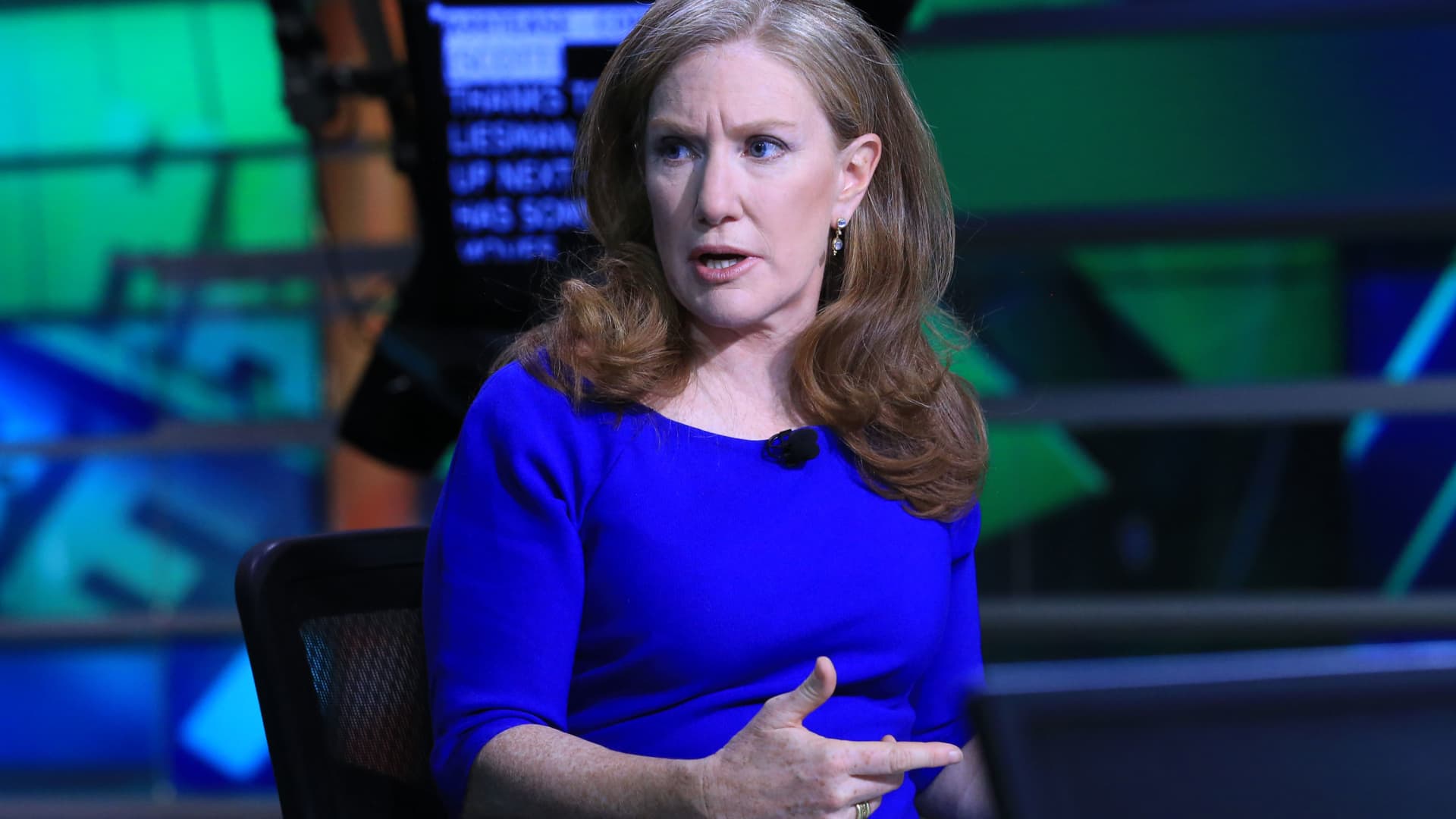




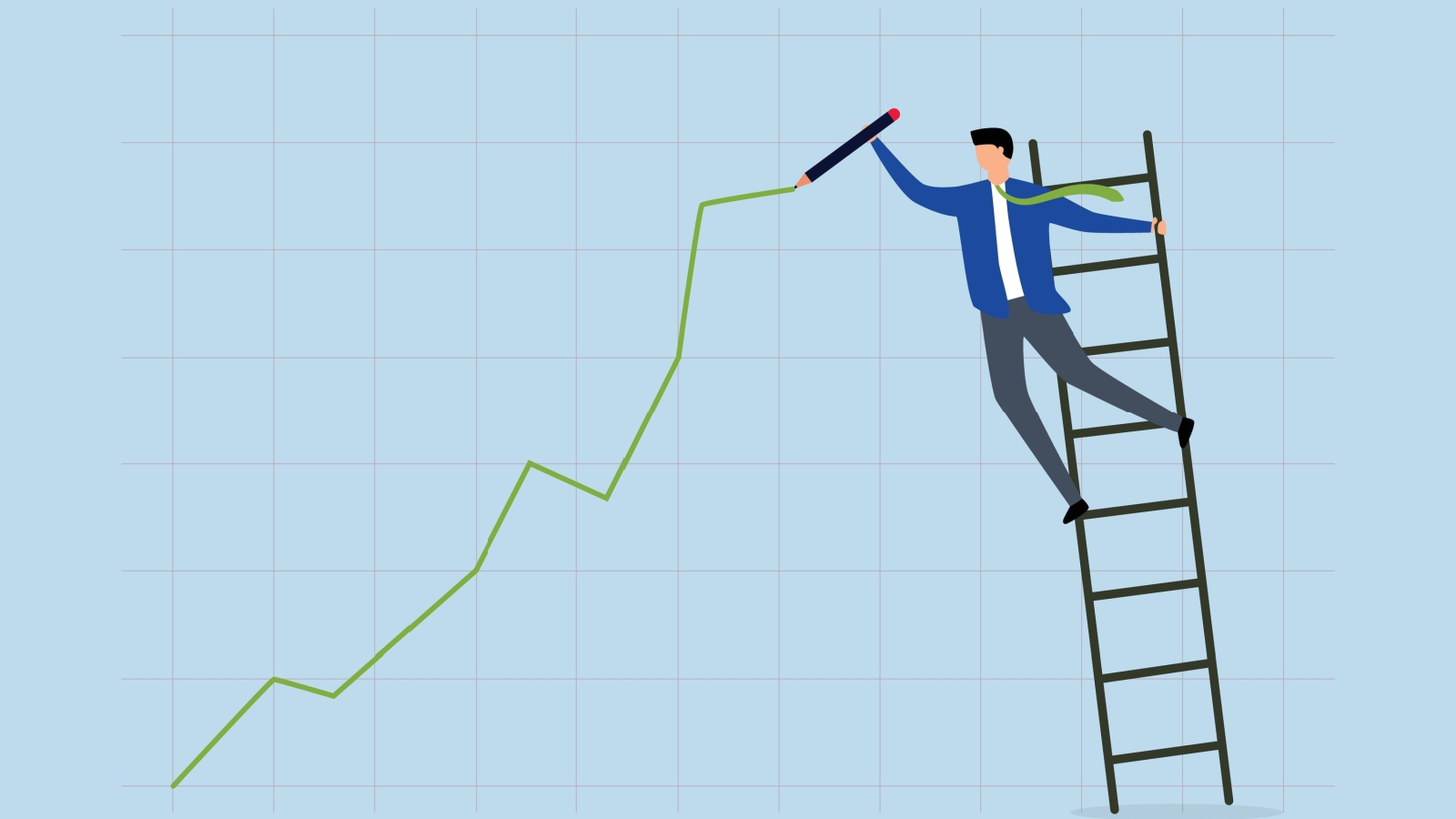







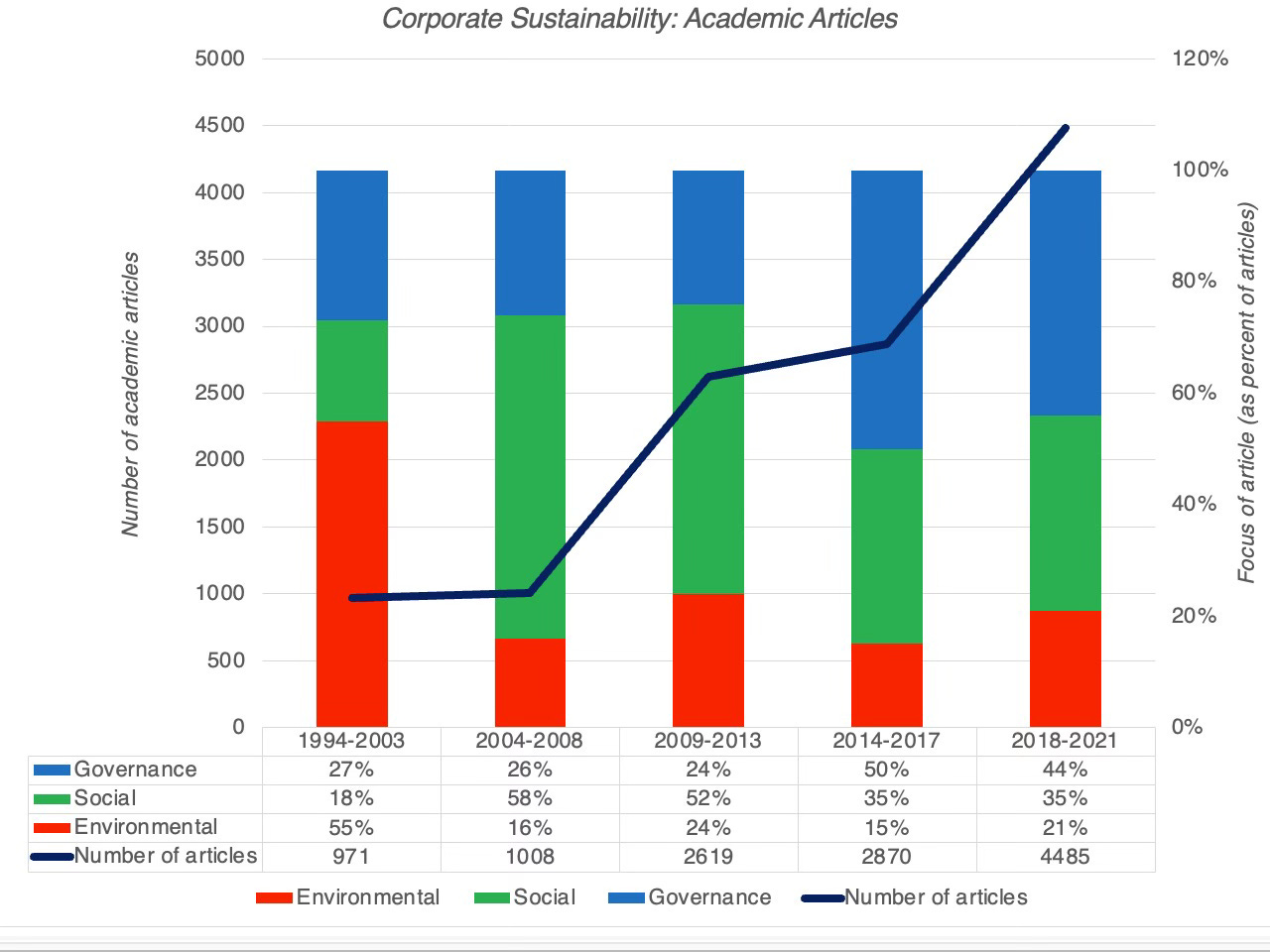



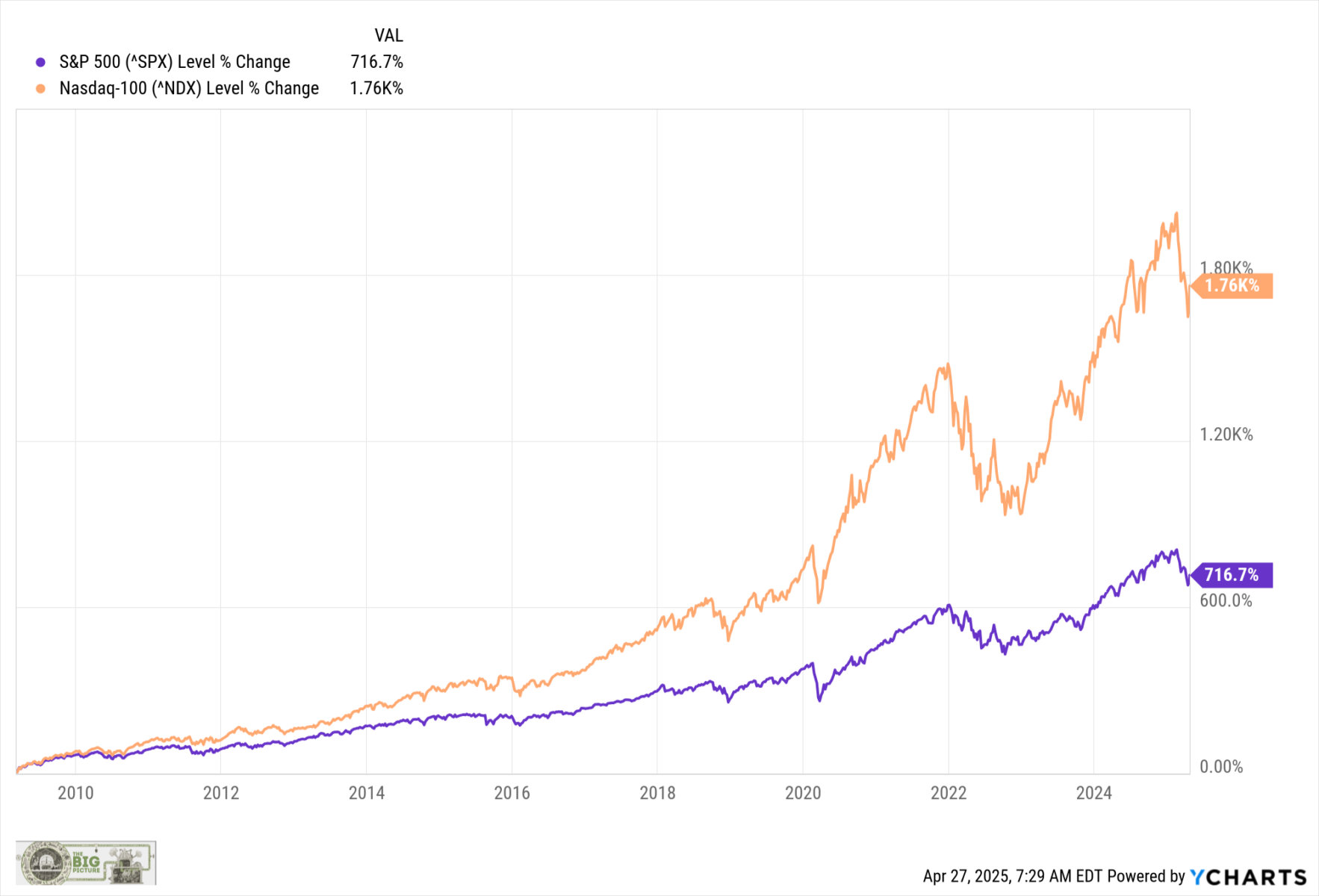
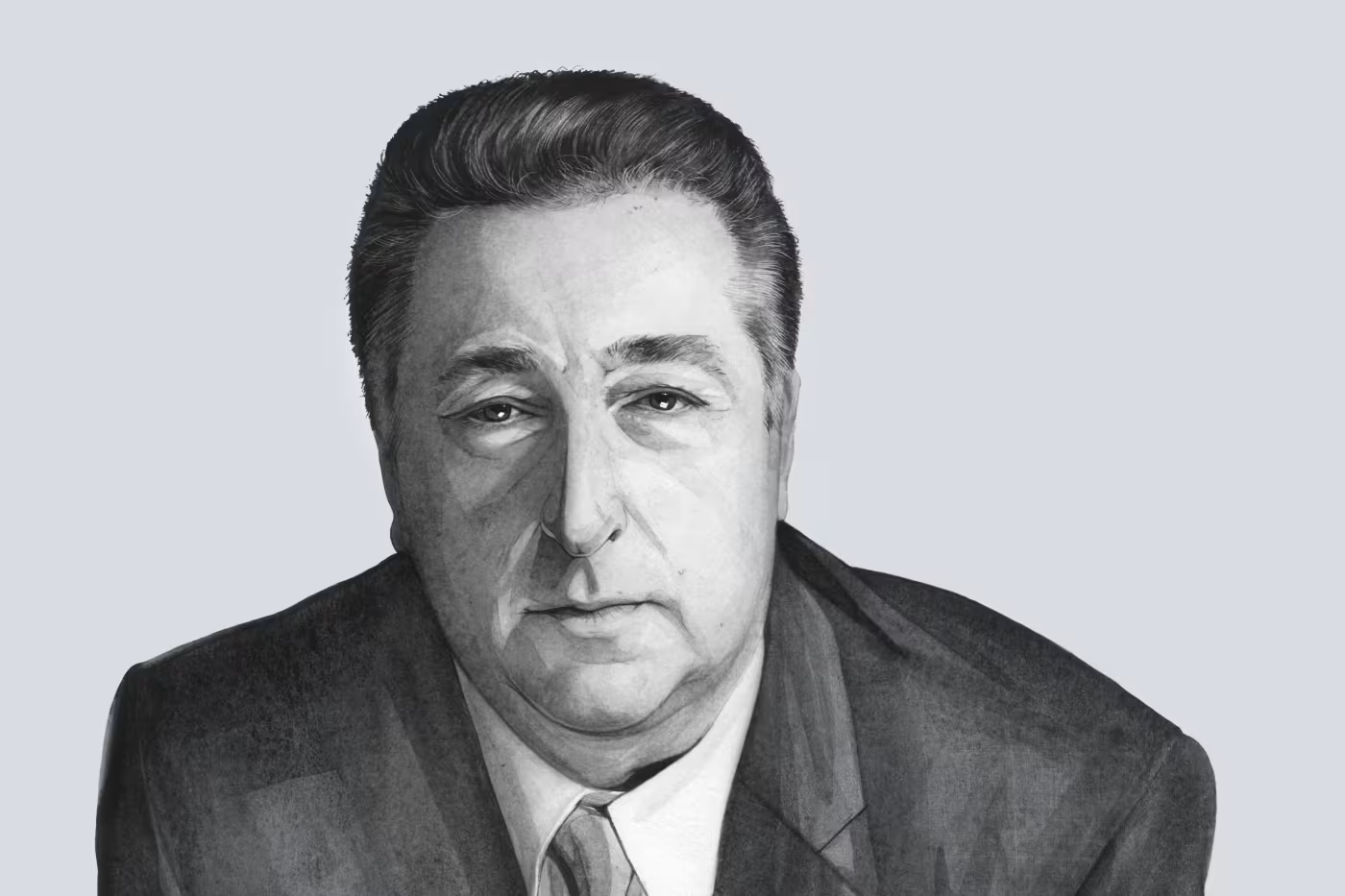
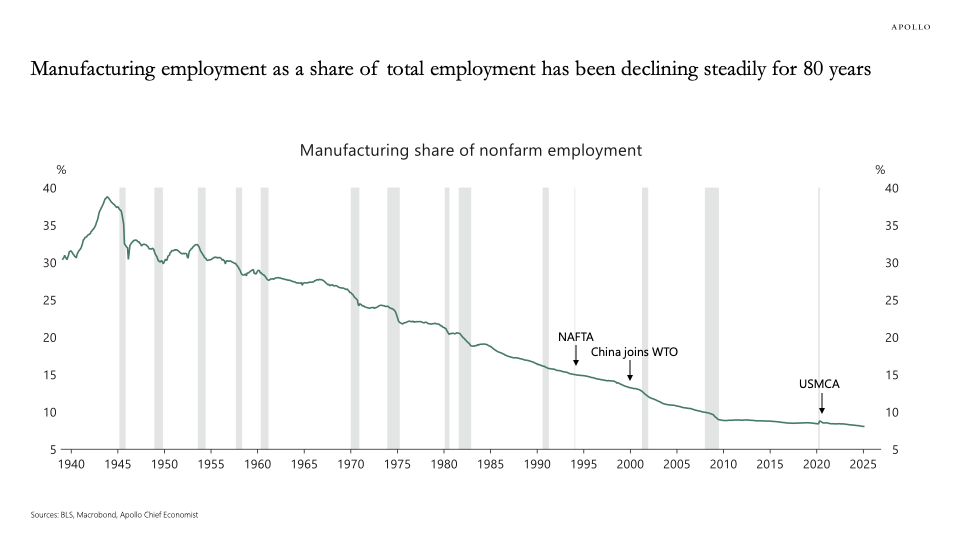




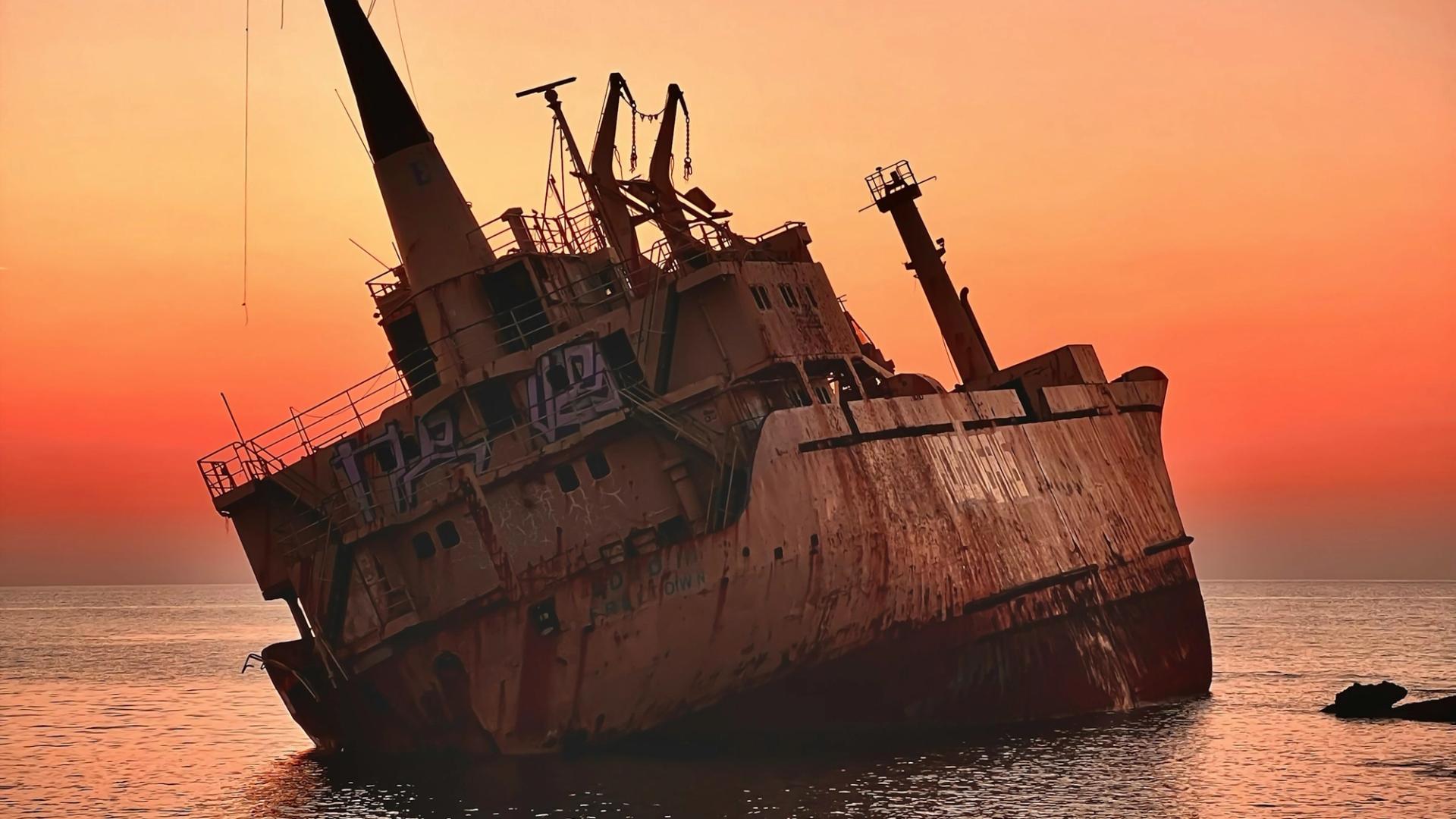








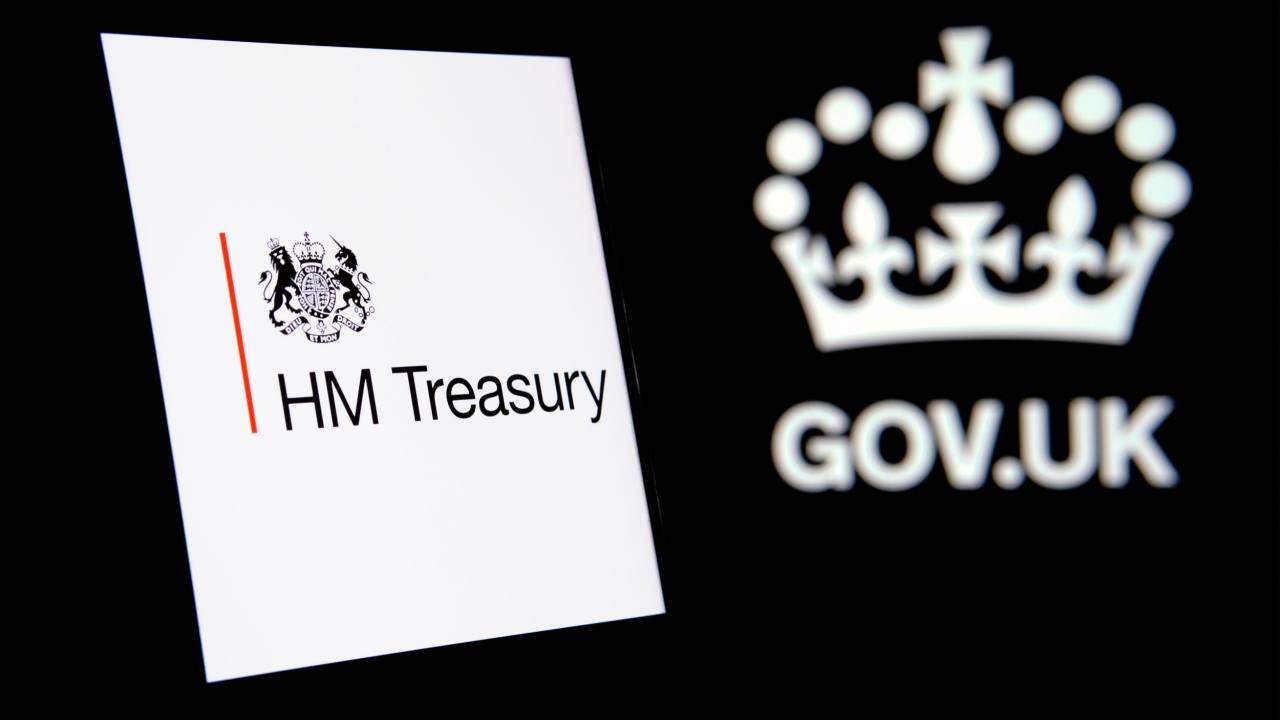
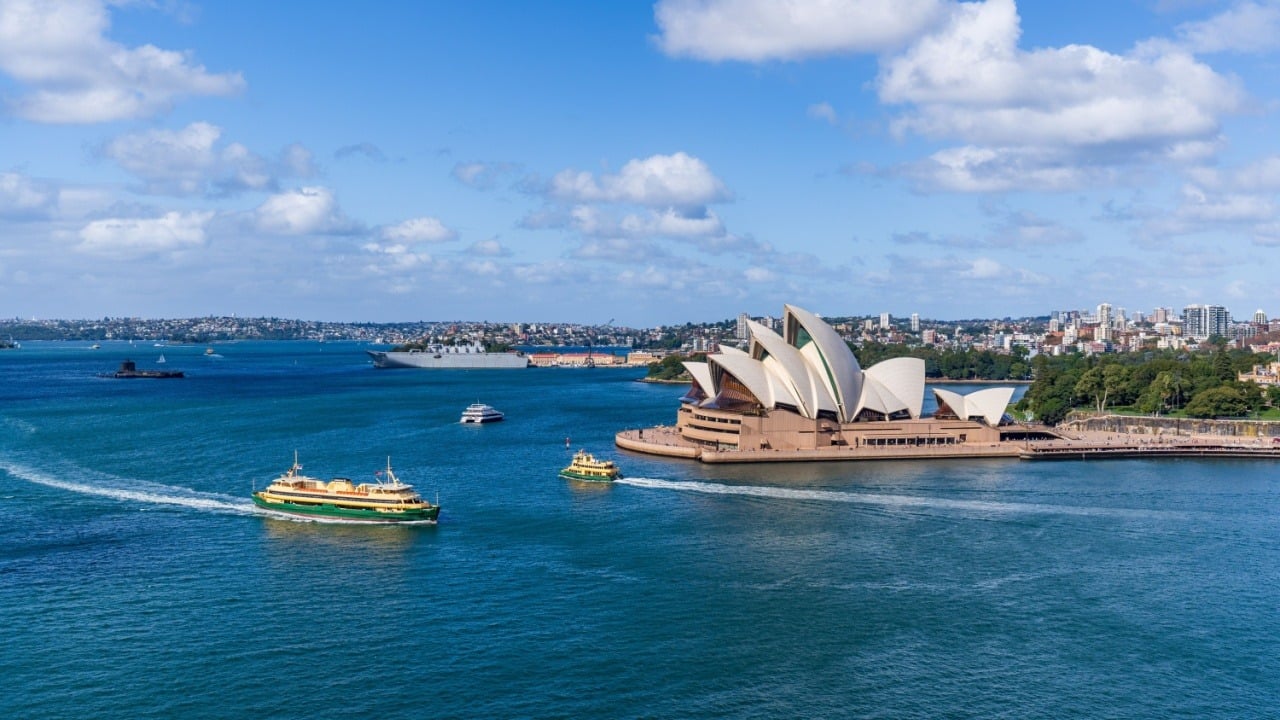




























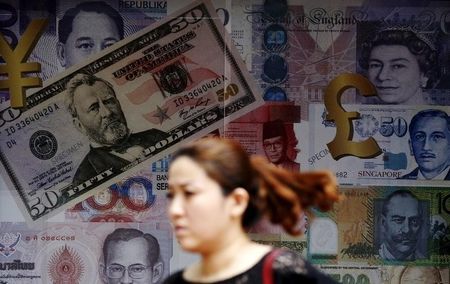
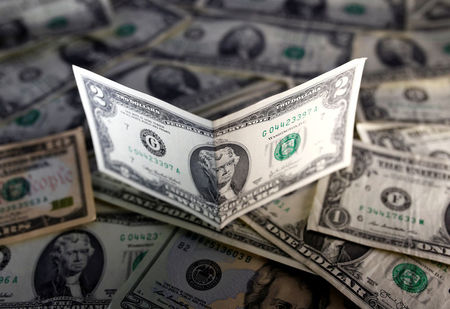

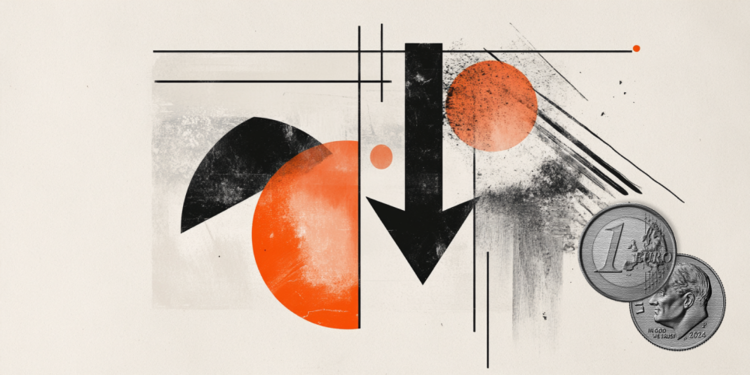
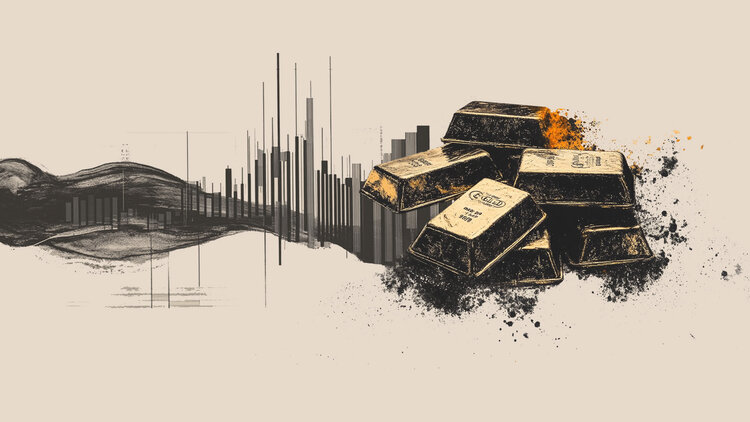






-logo-1200x675.png?v=20240521153233&w=240&h=240&zc=2)











